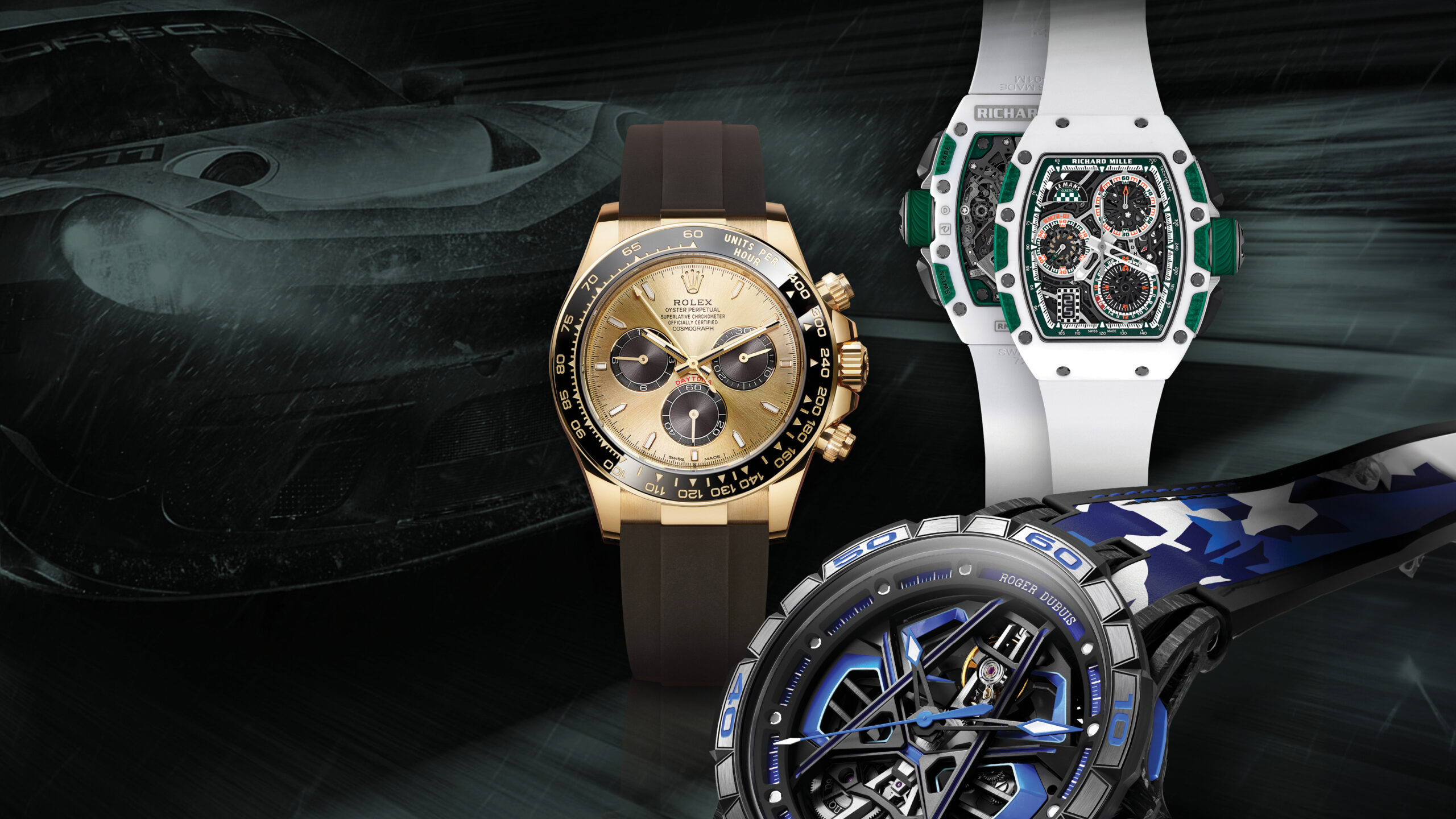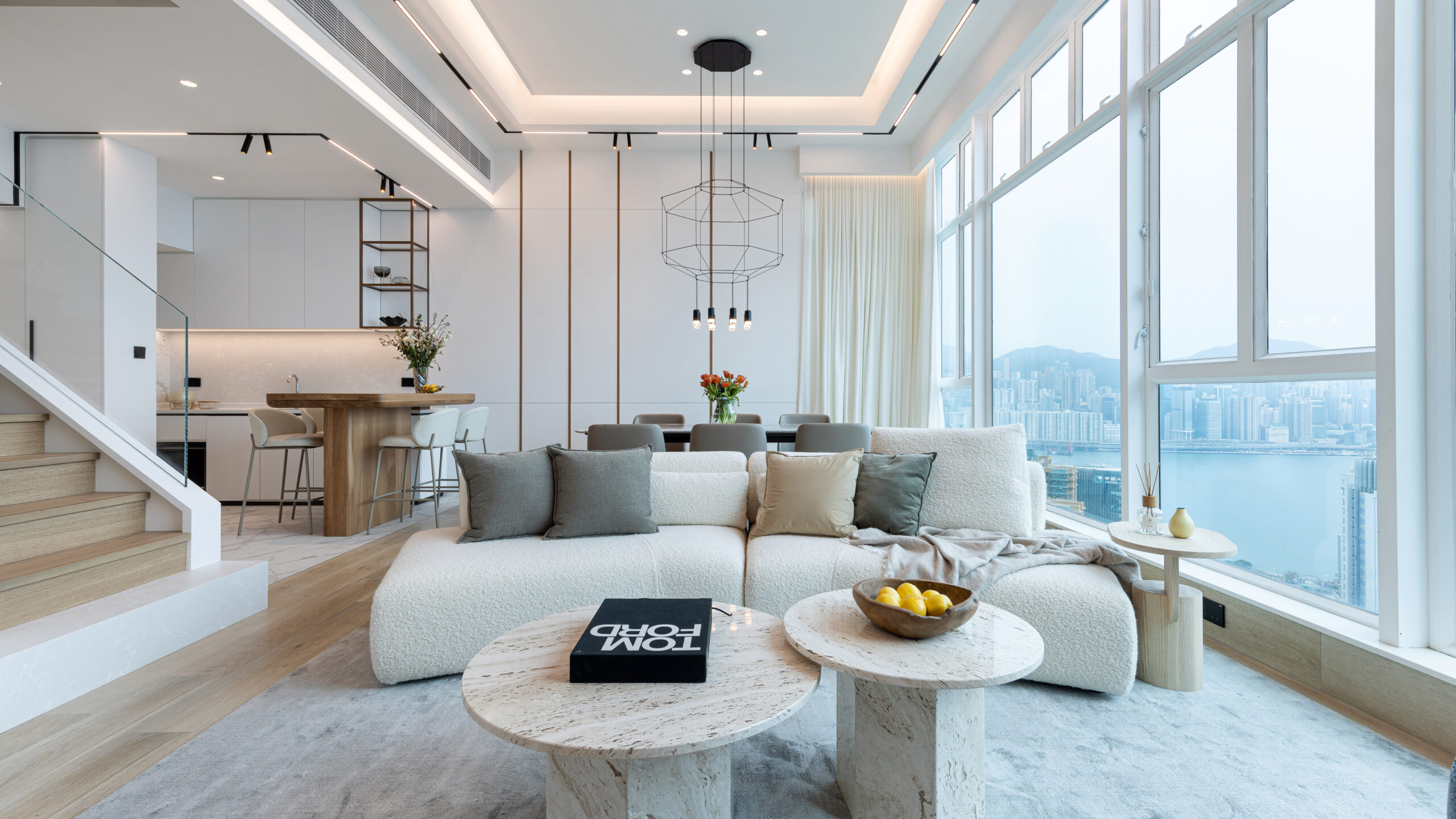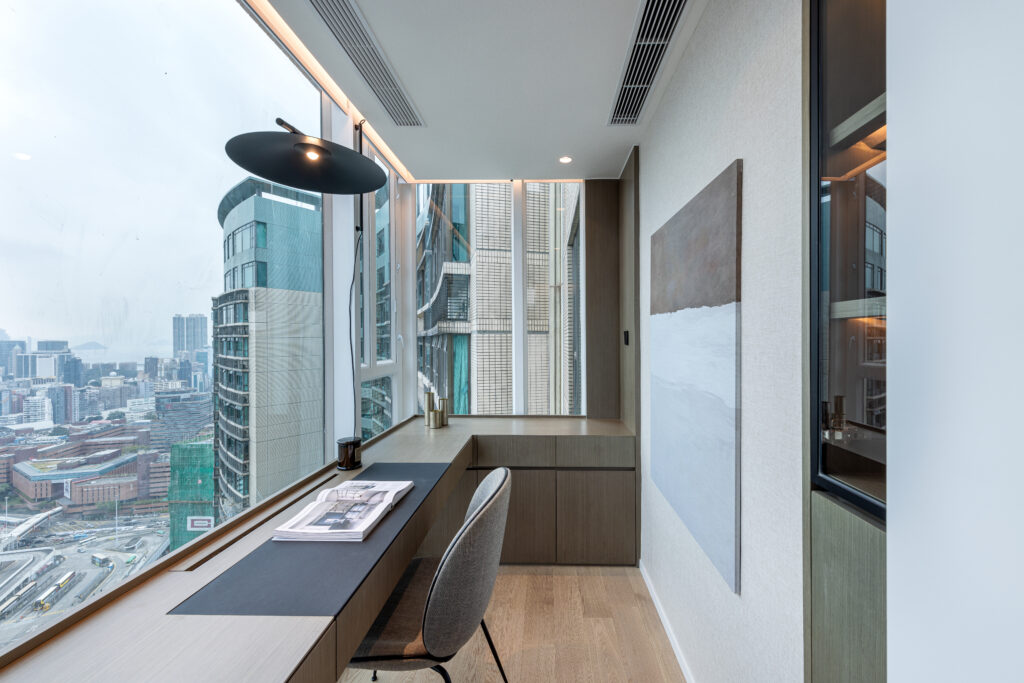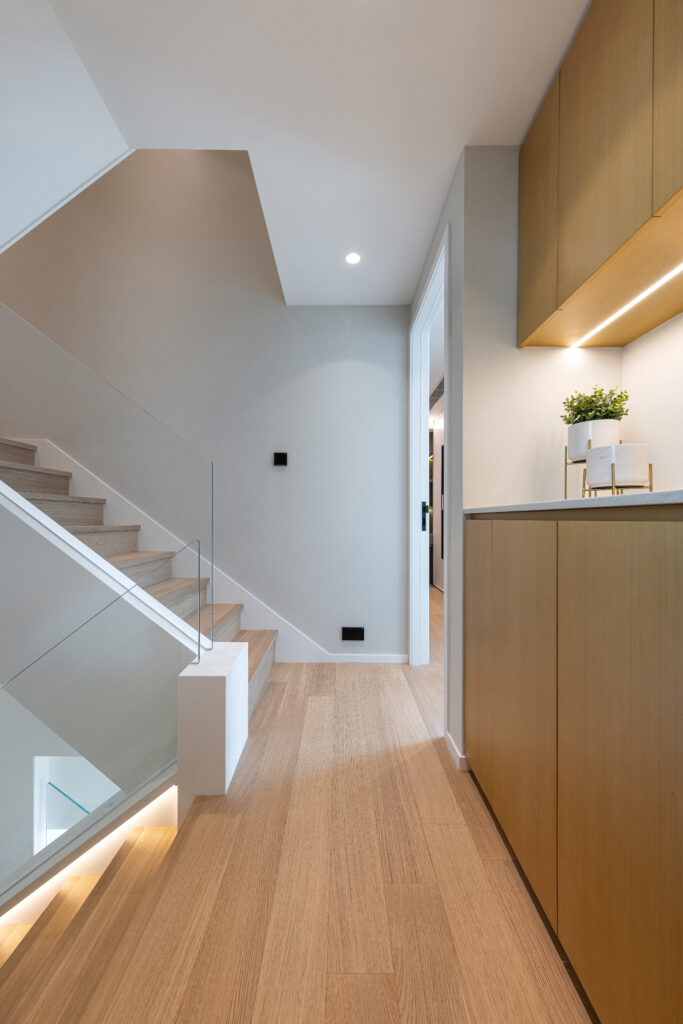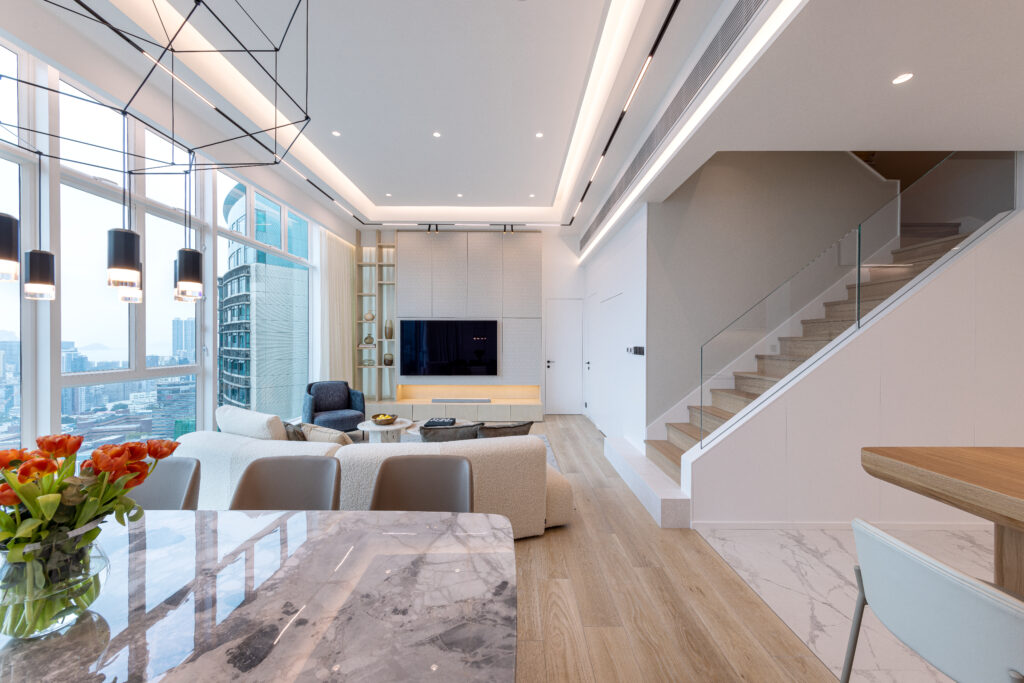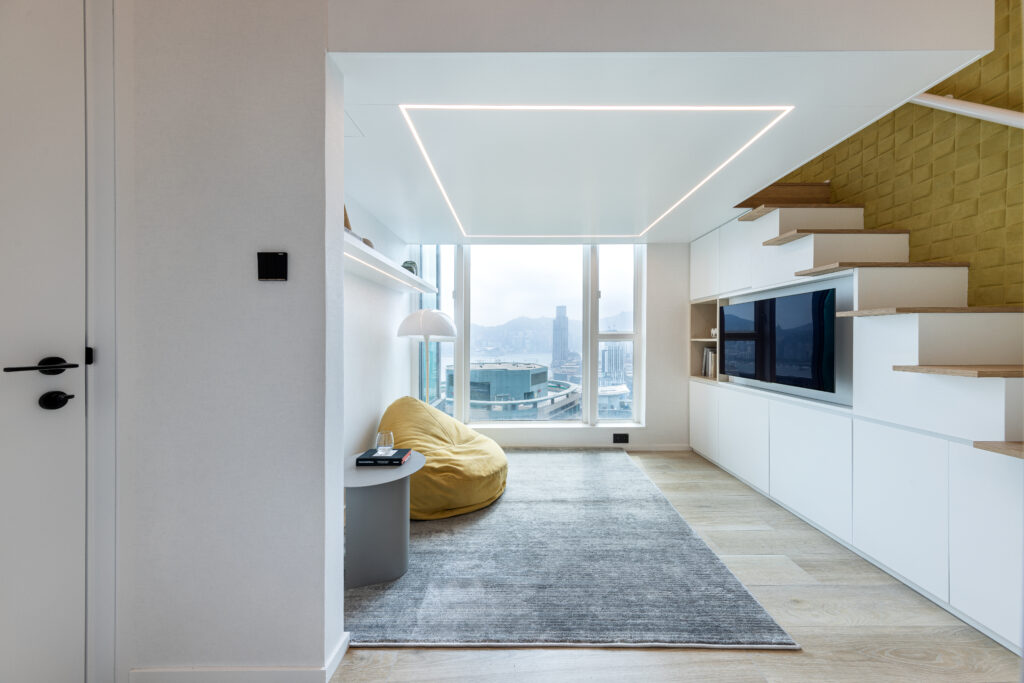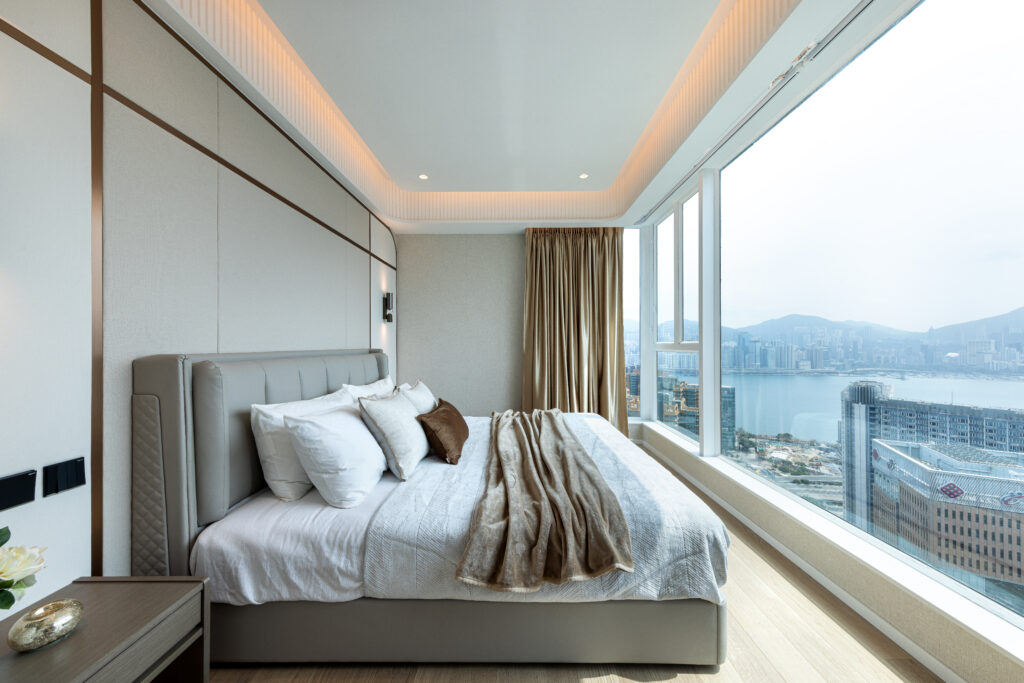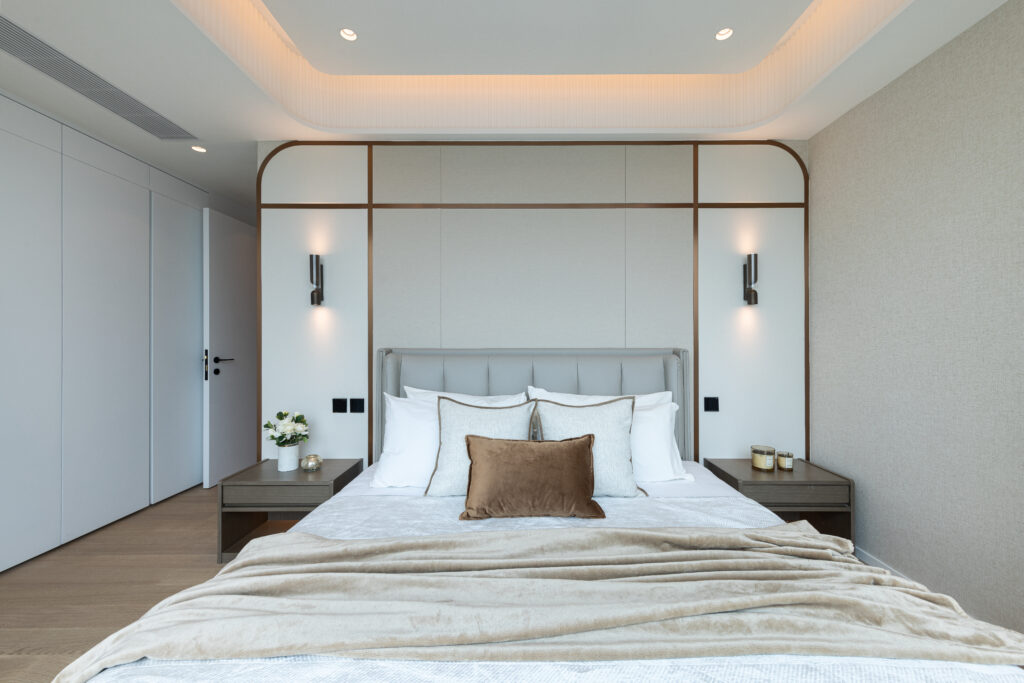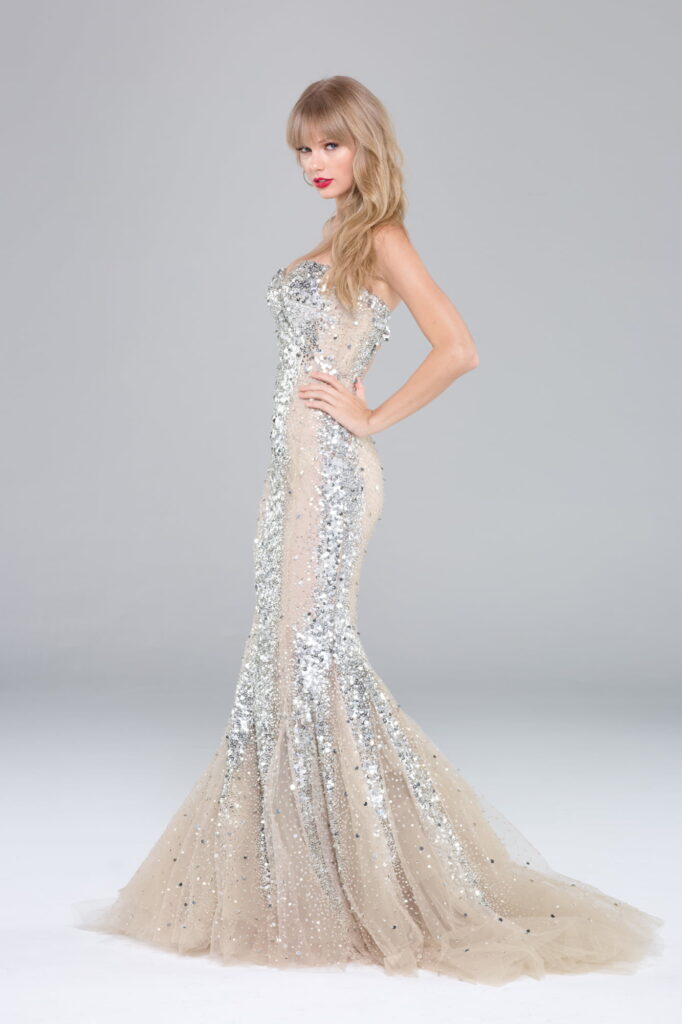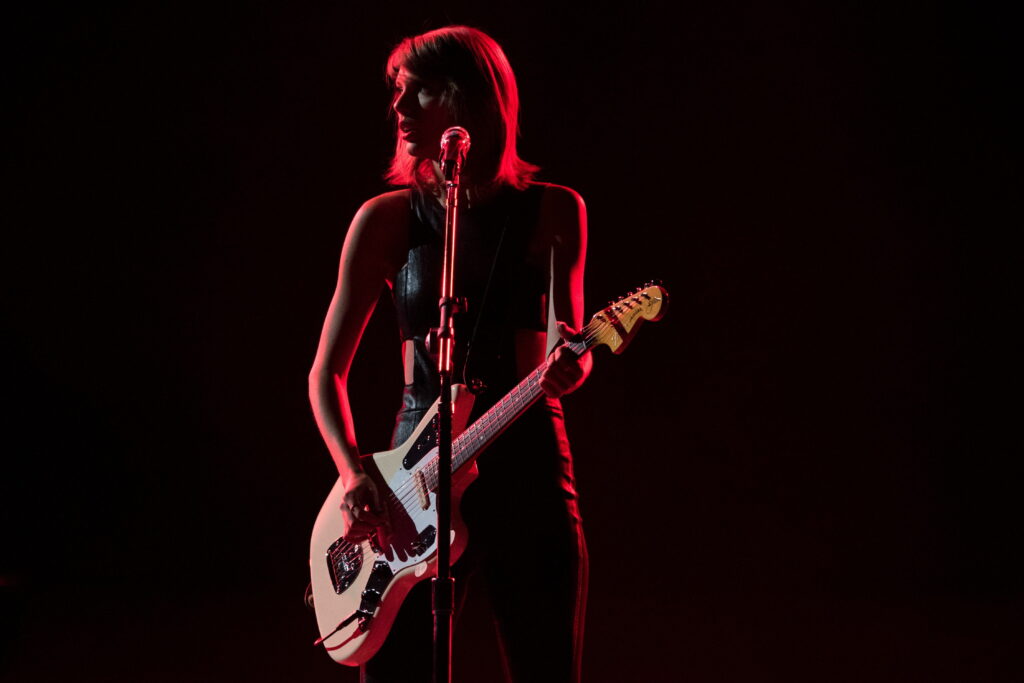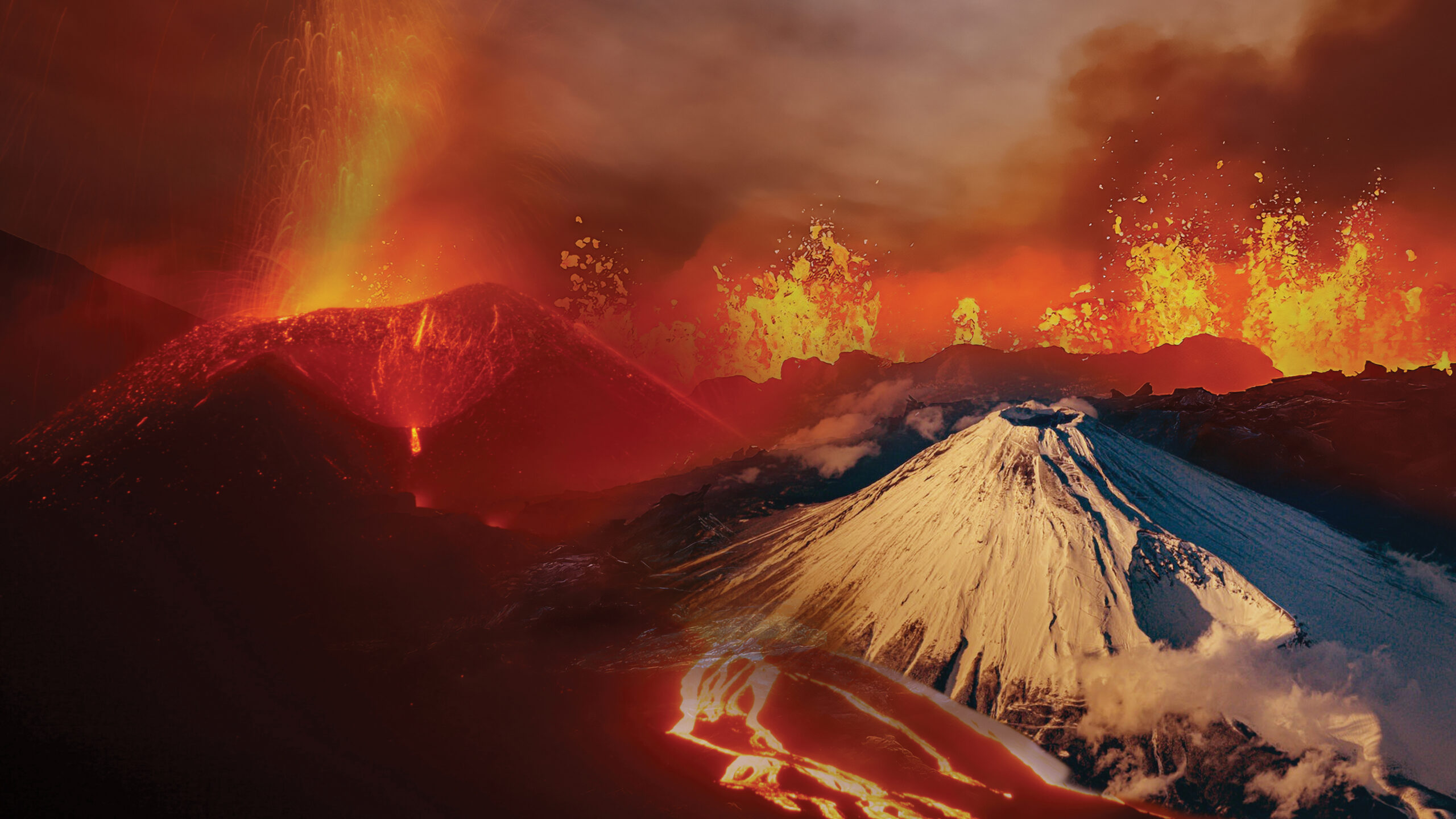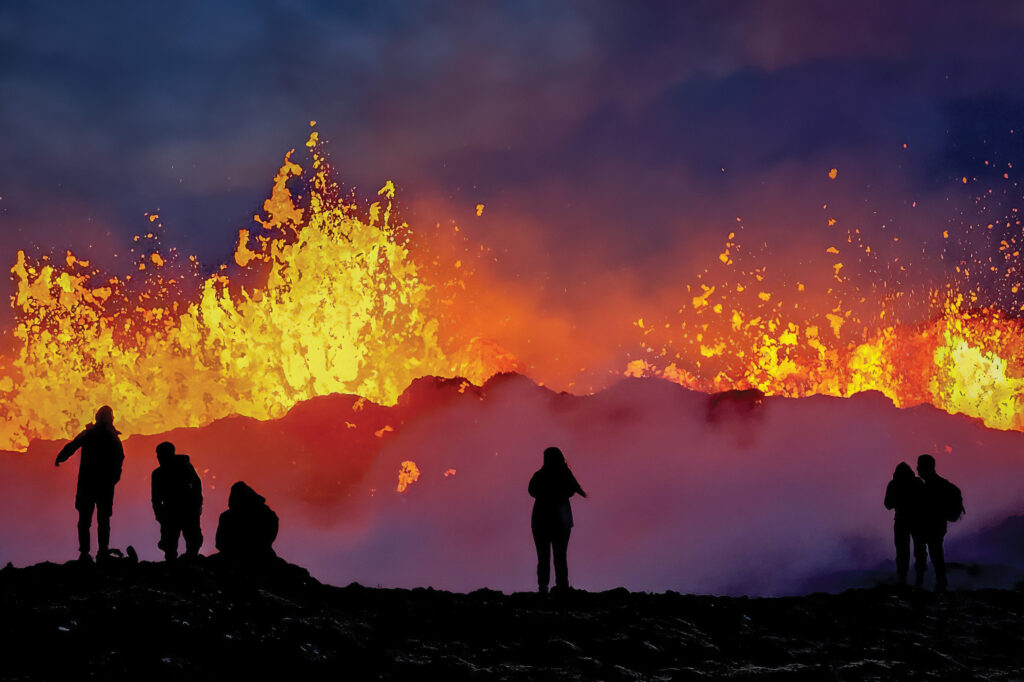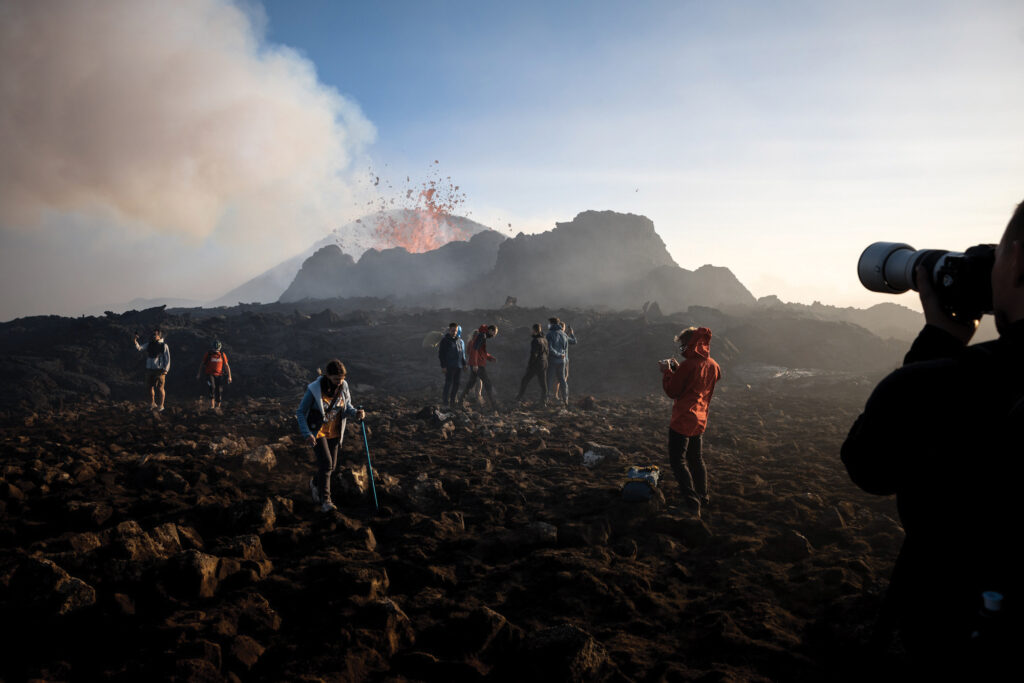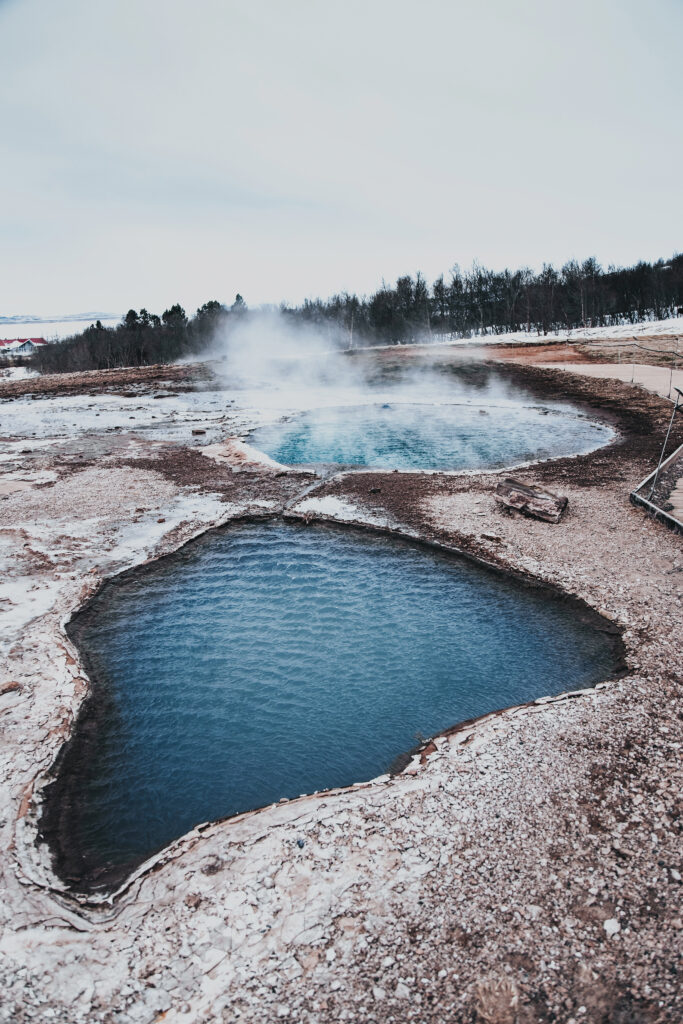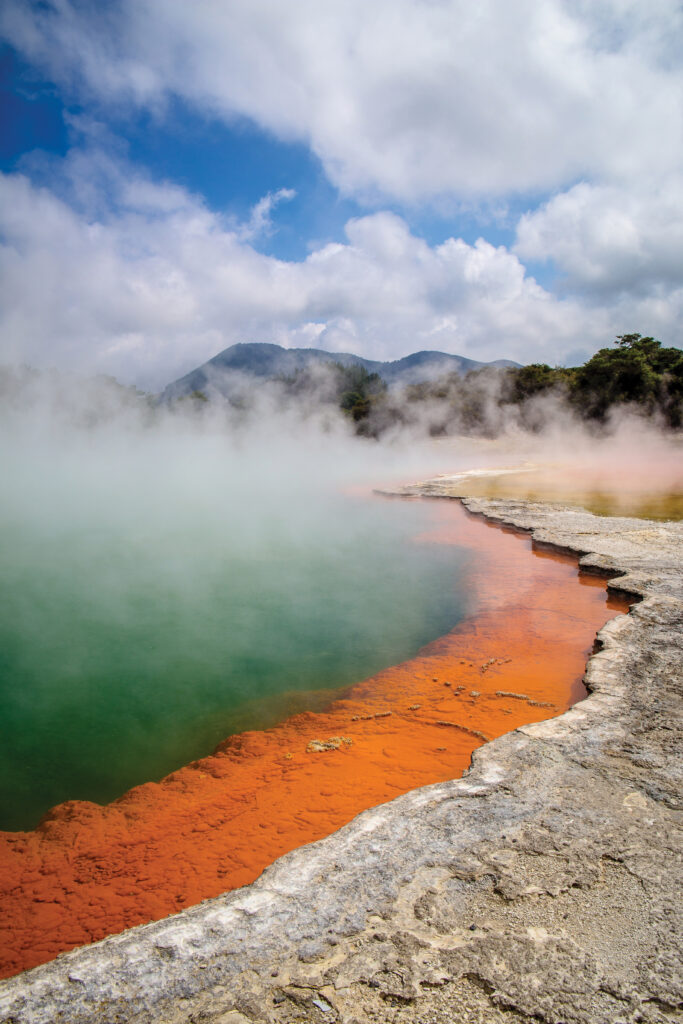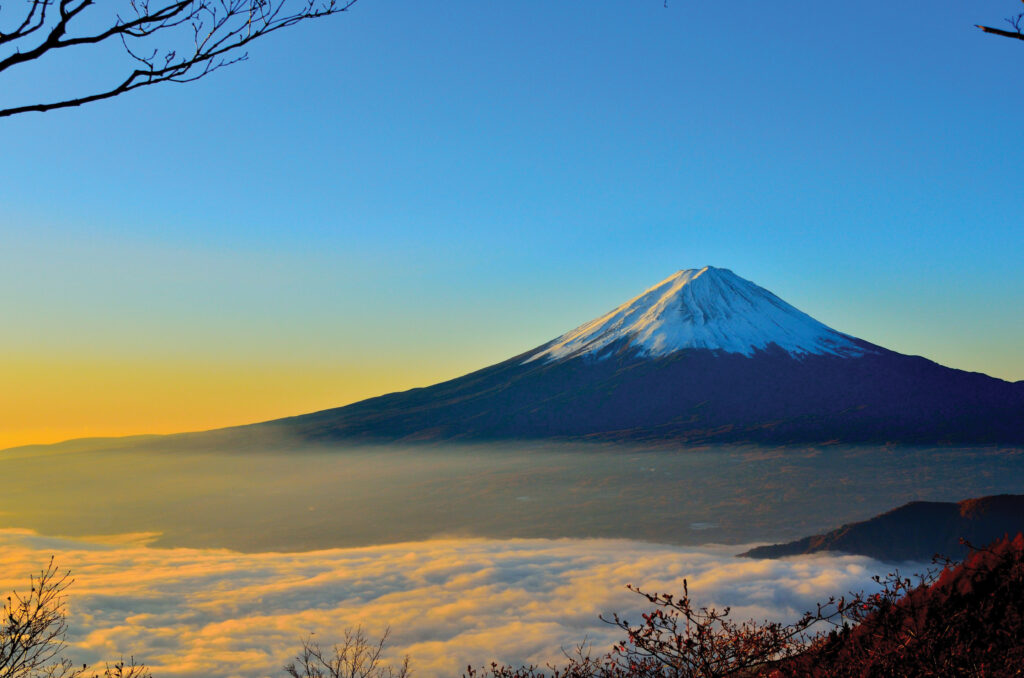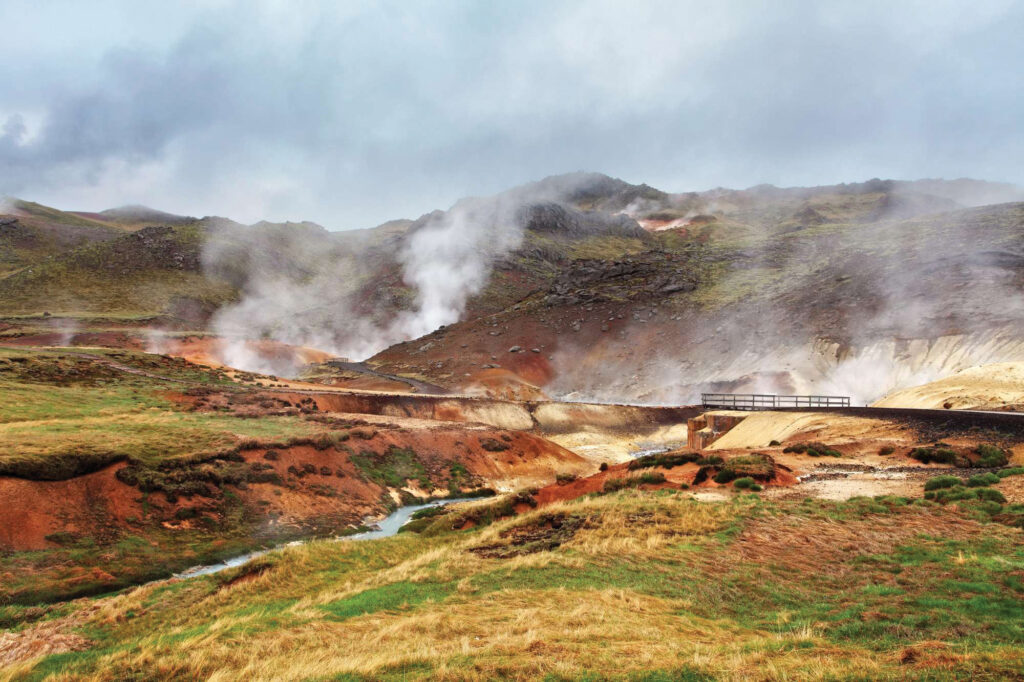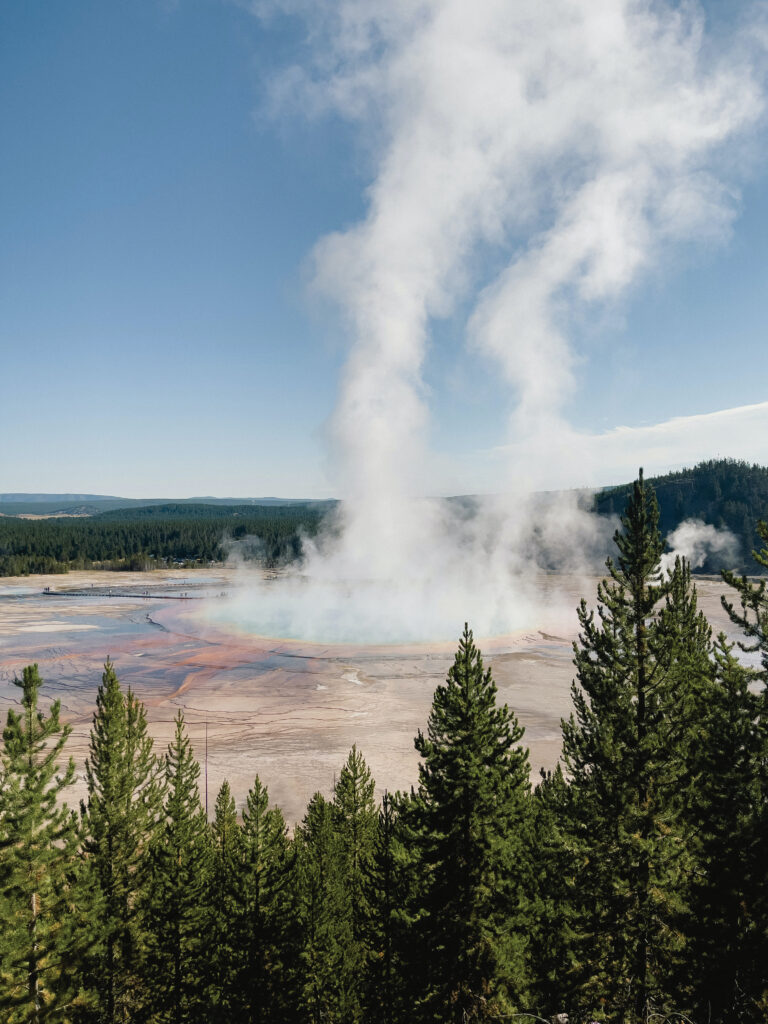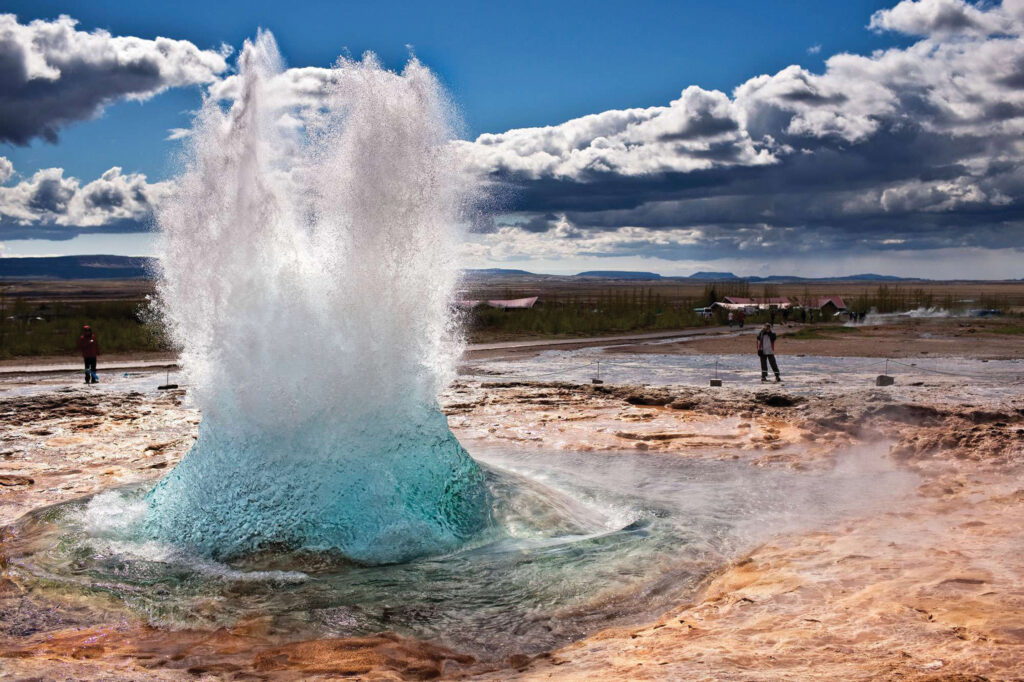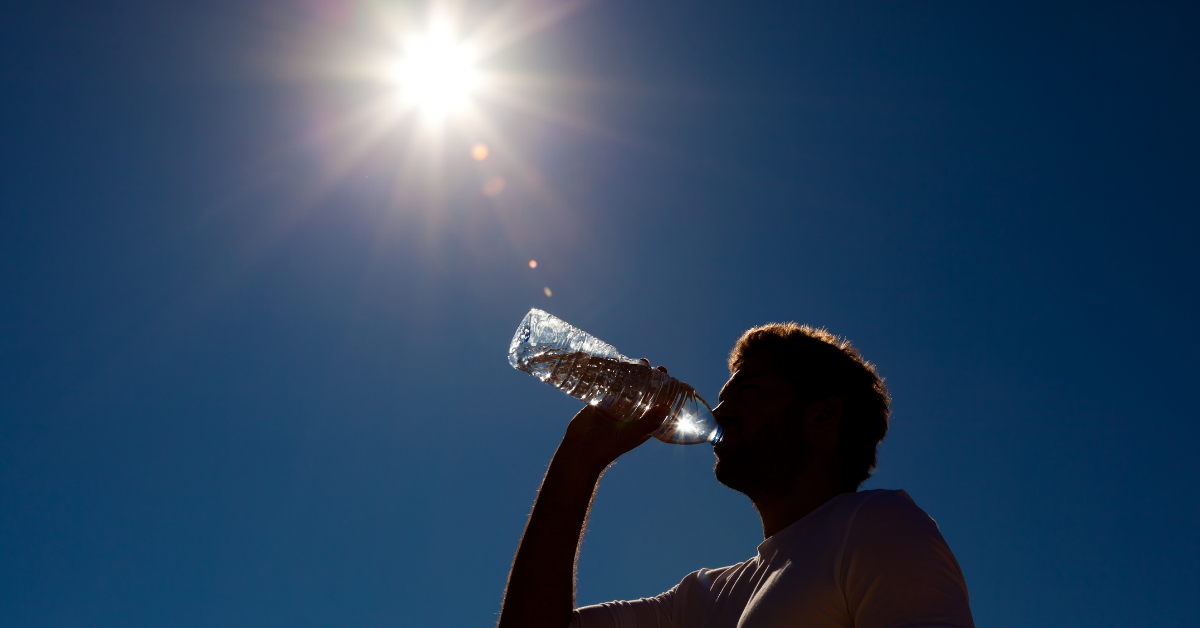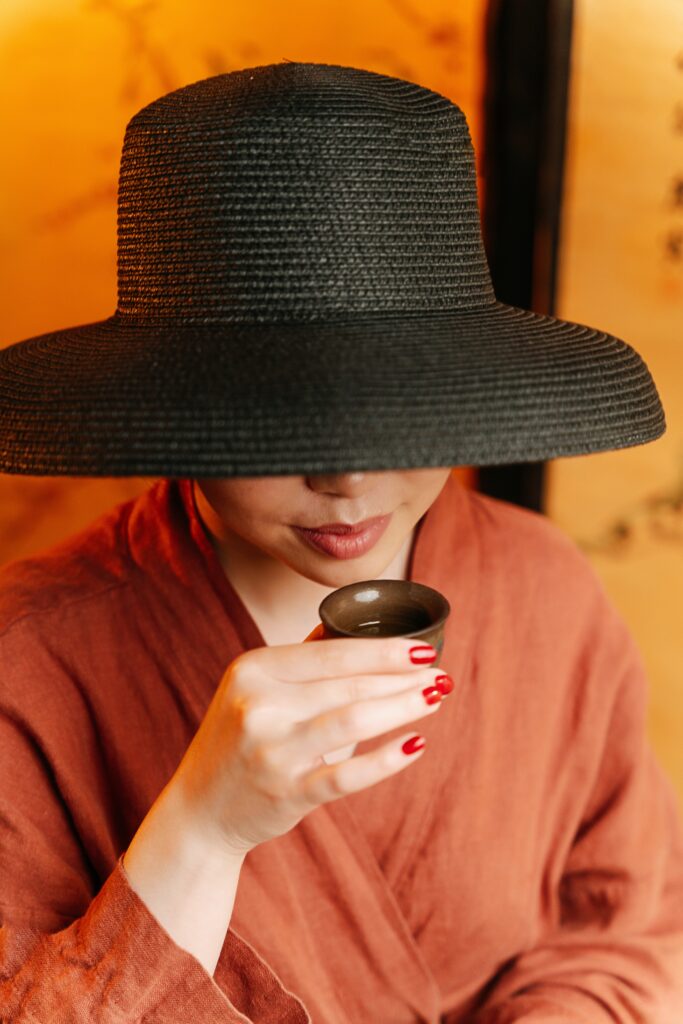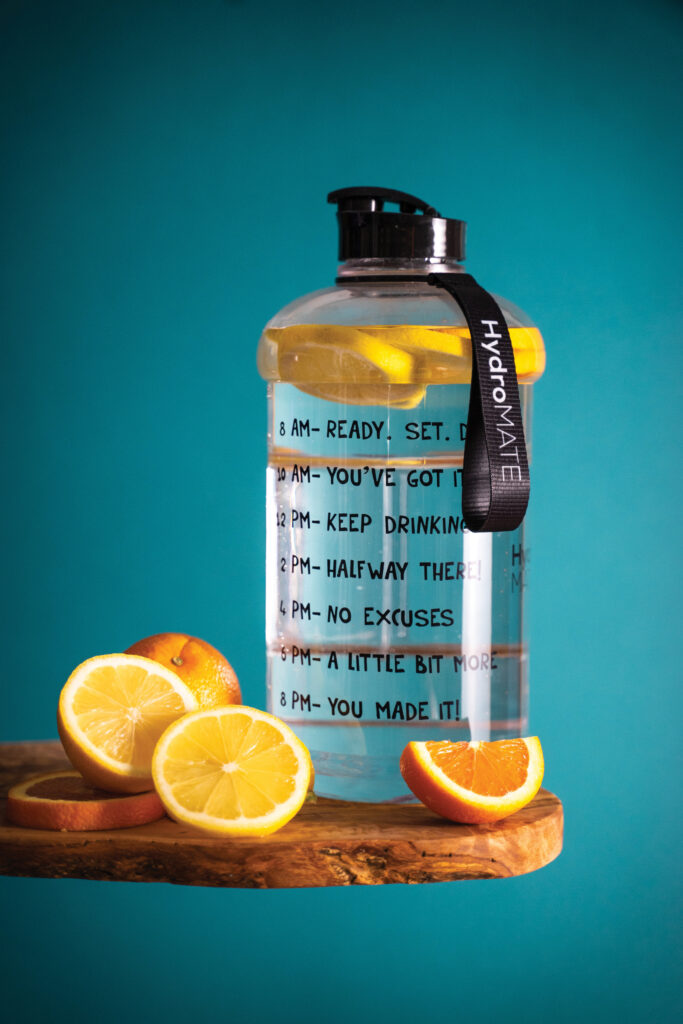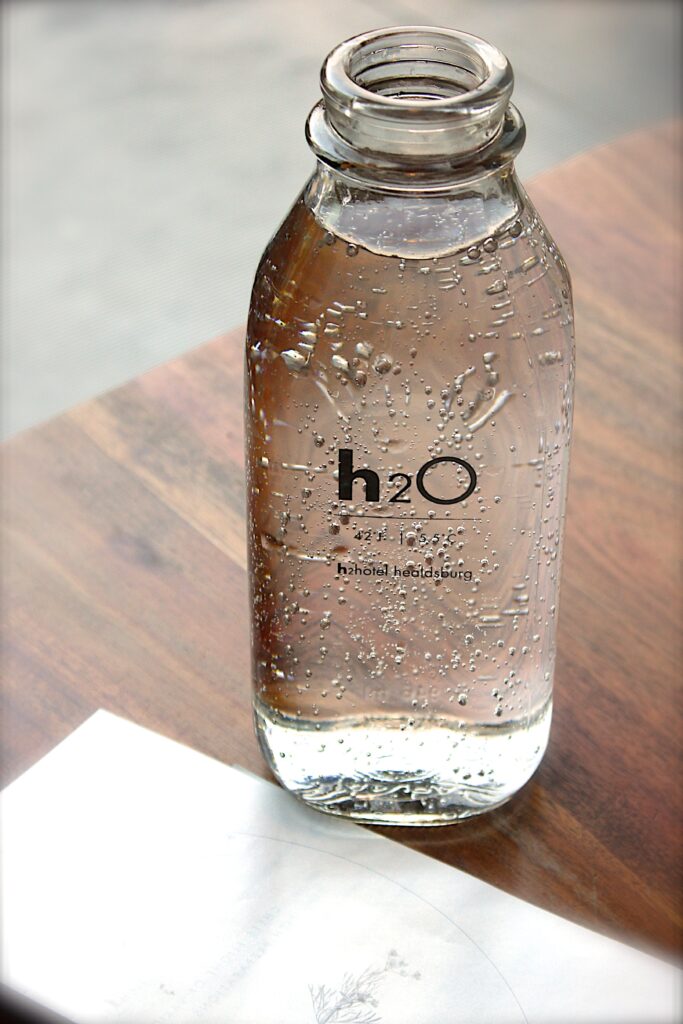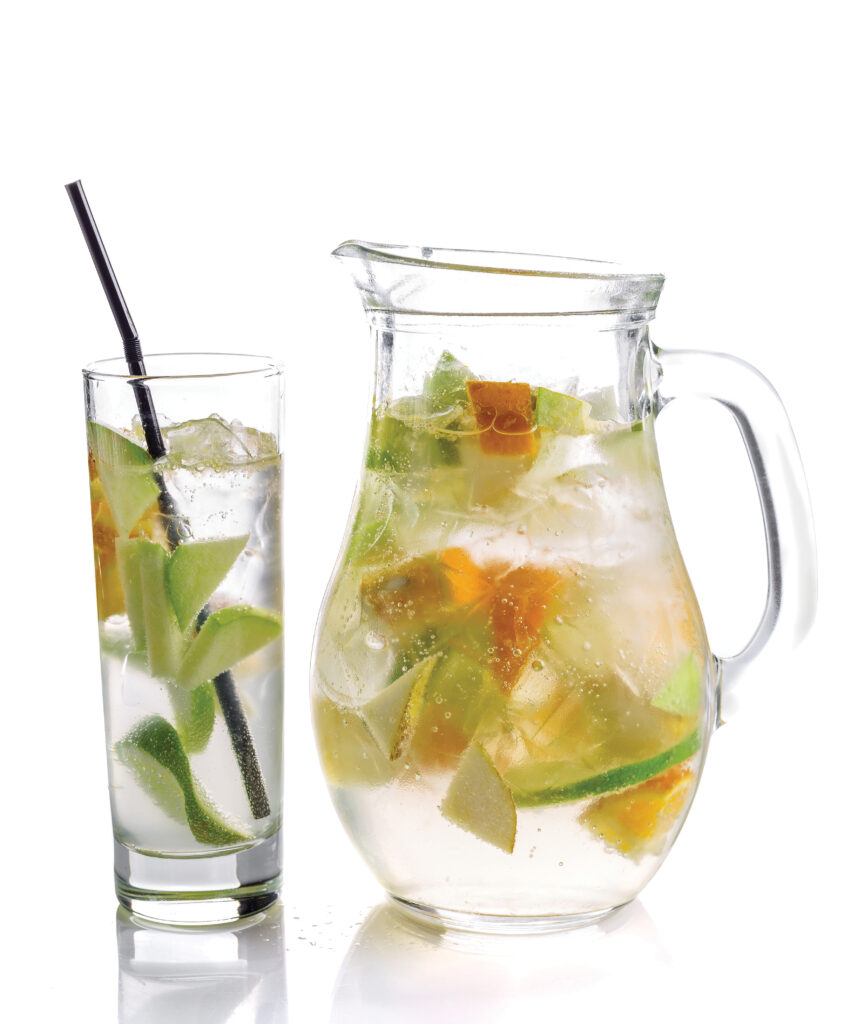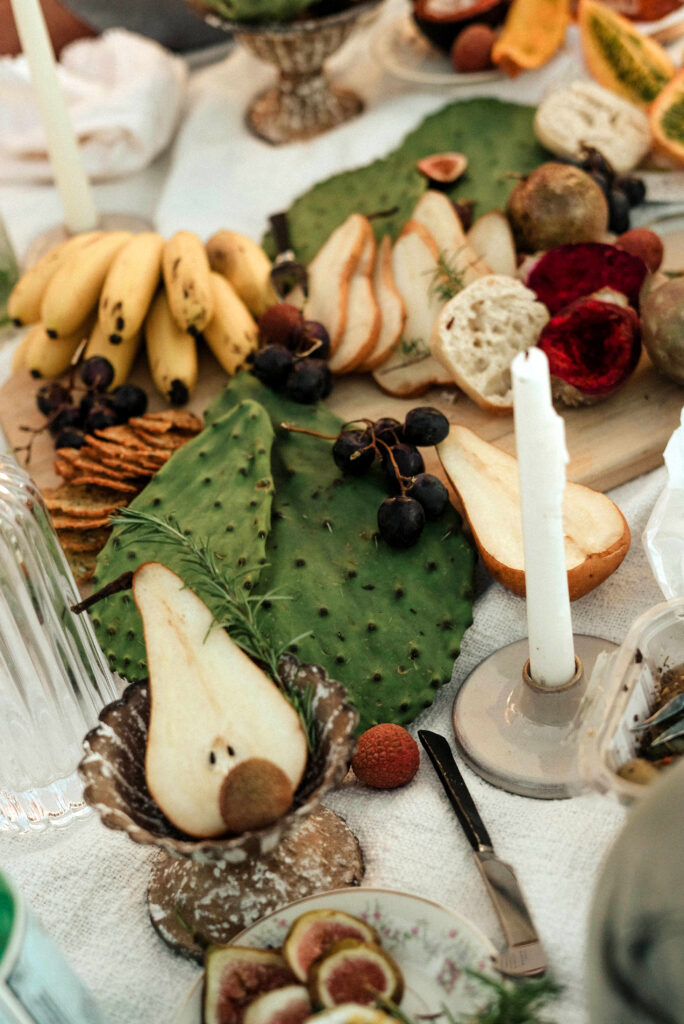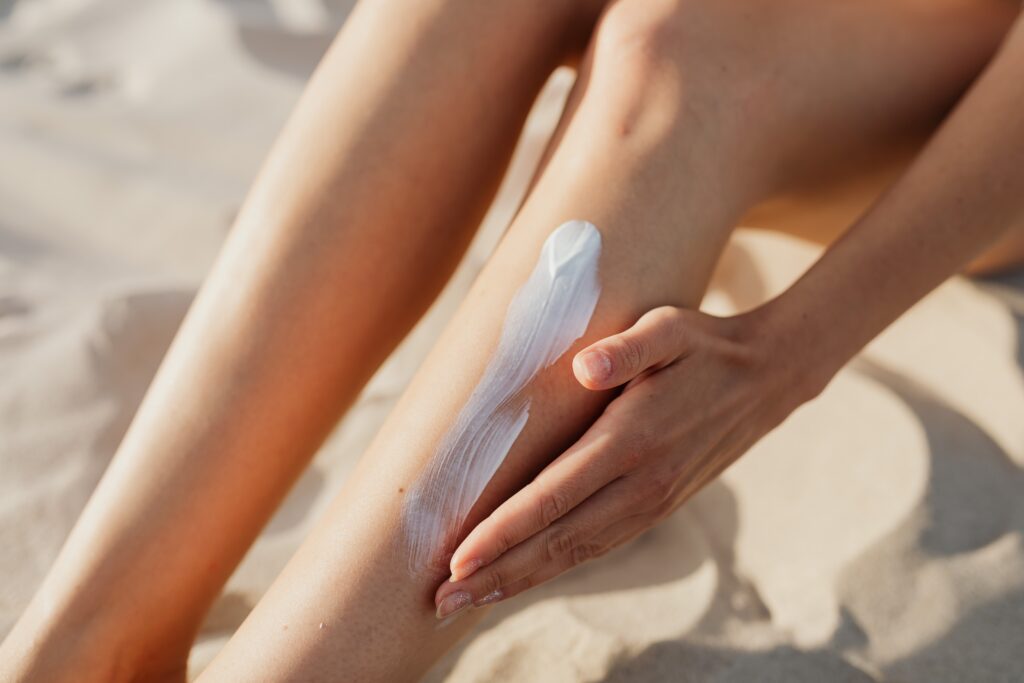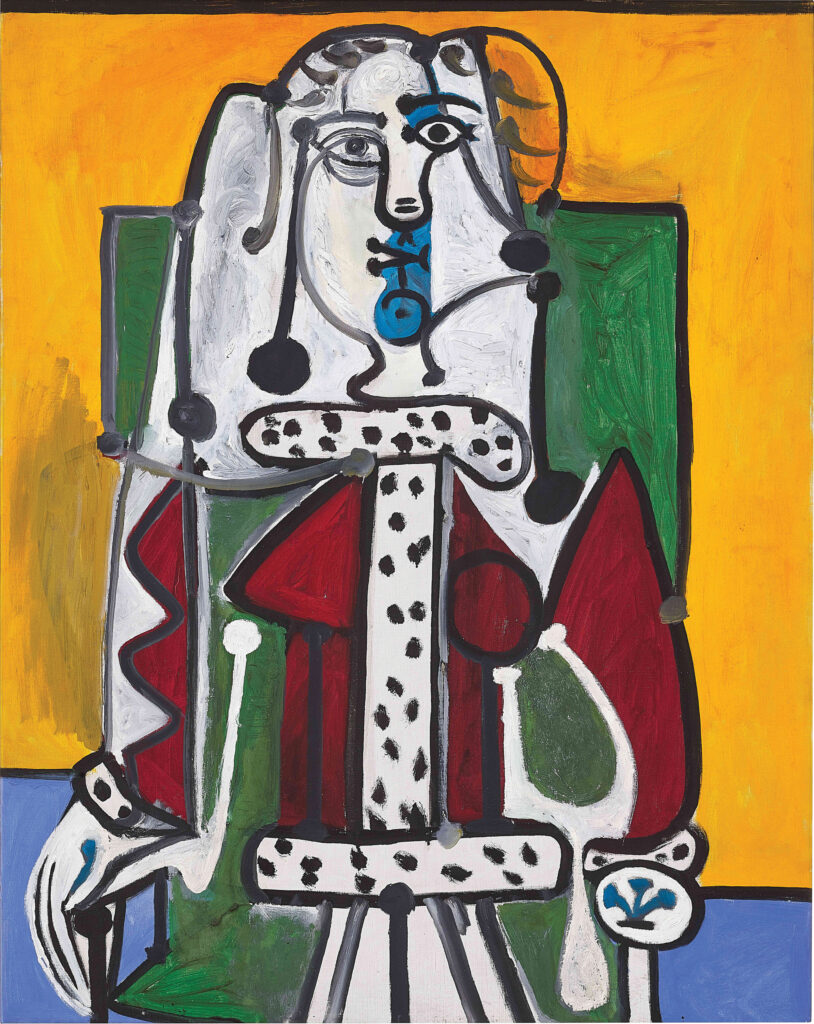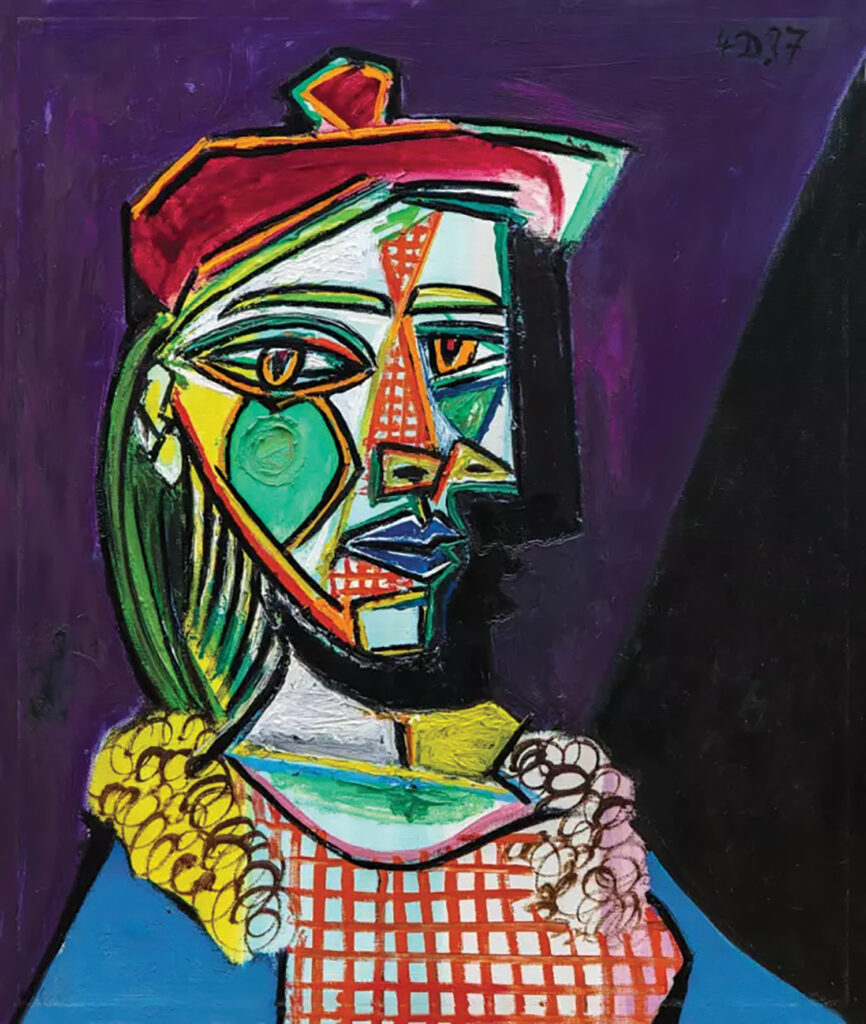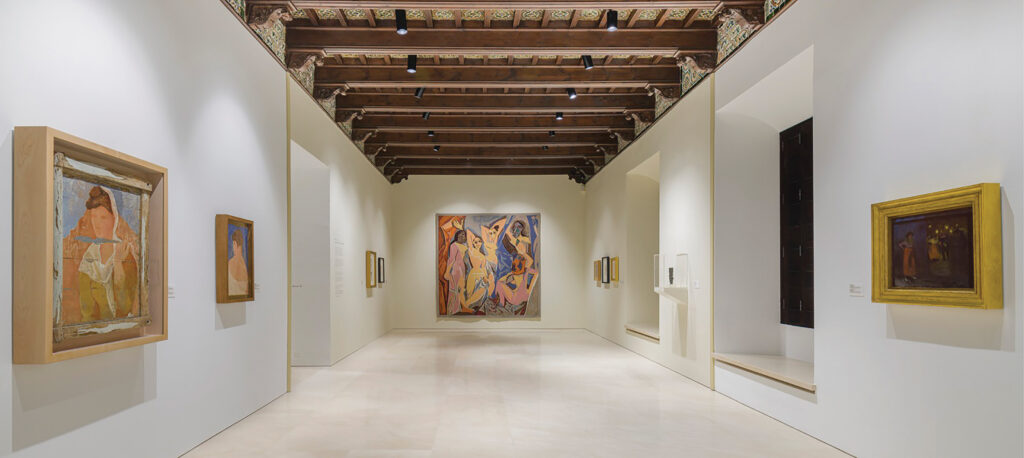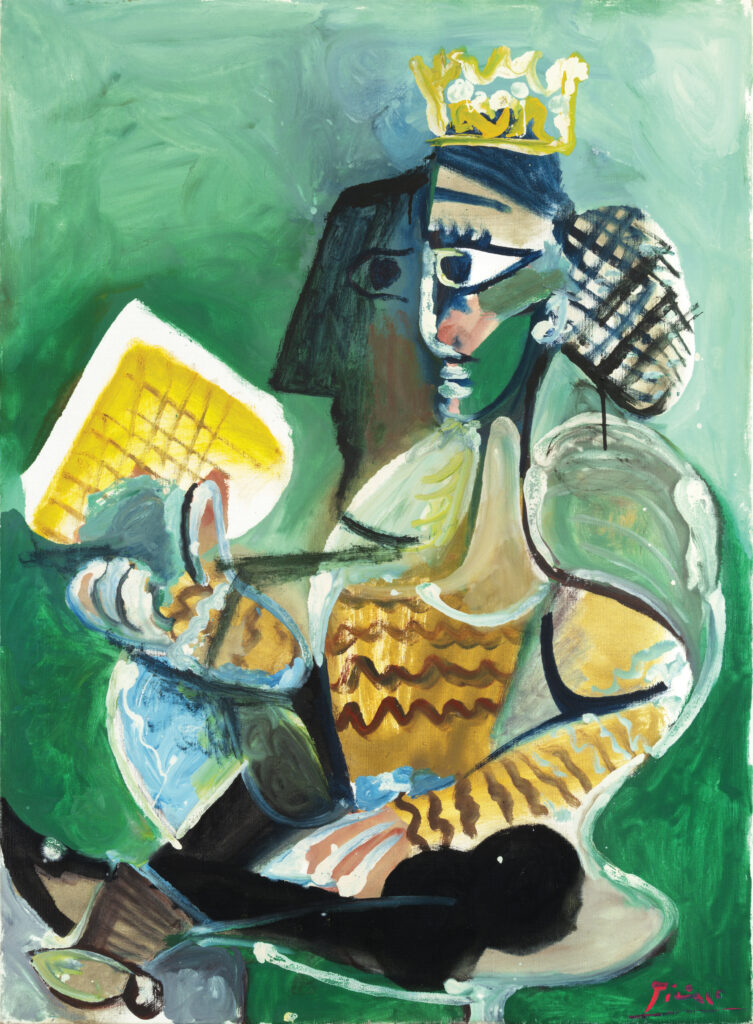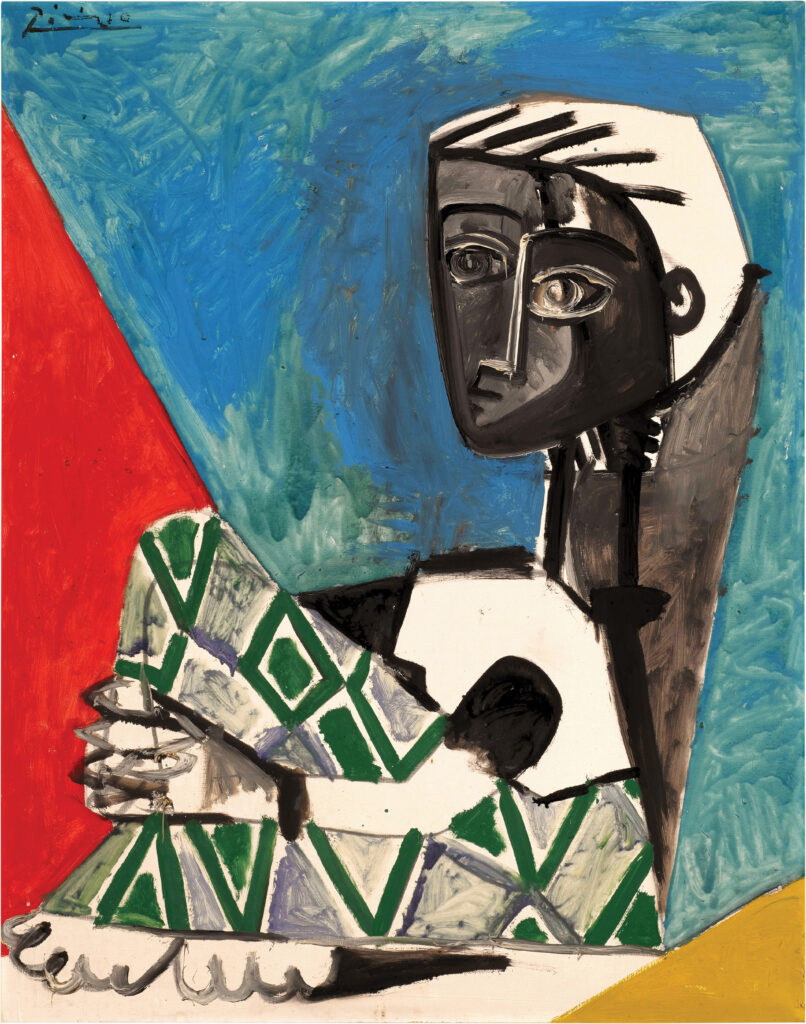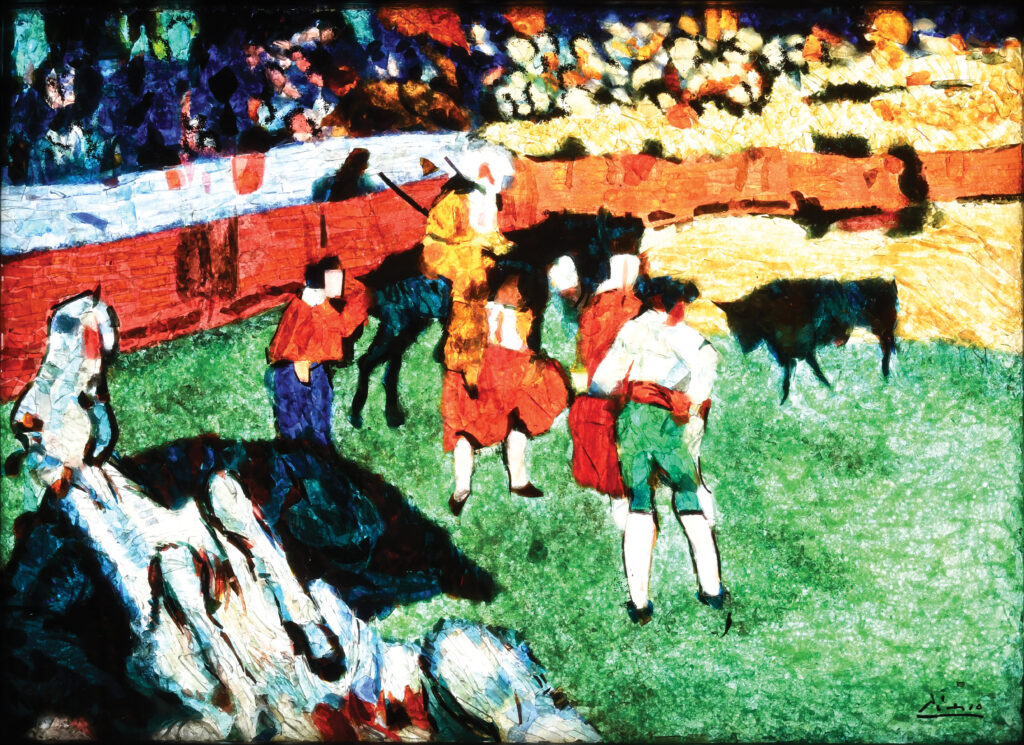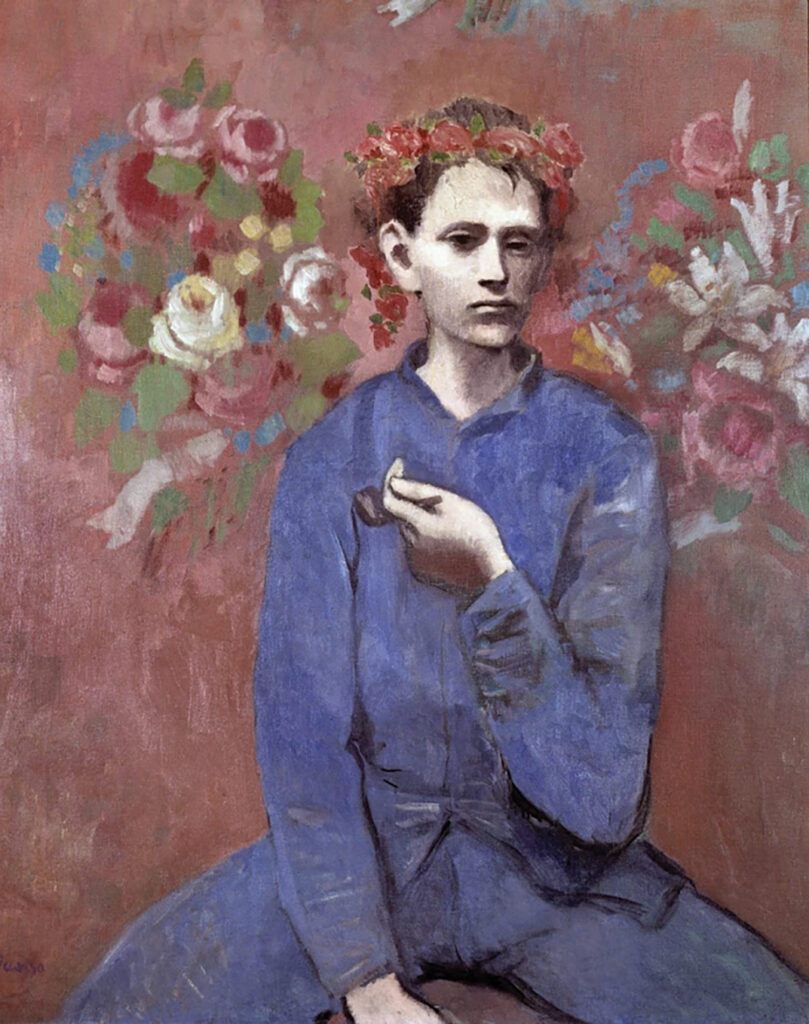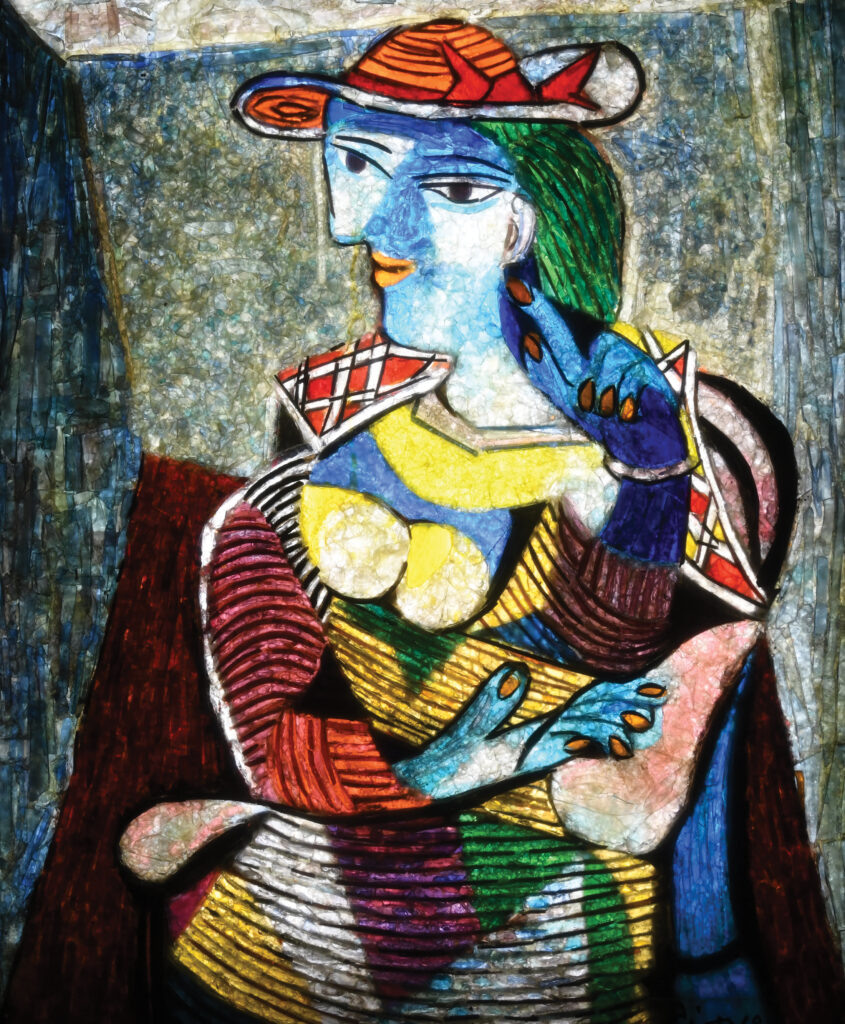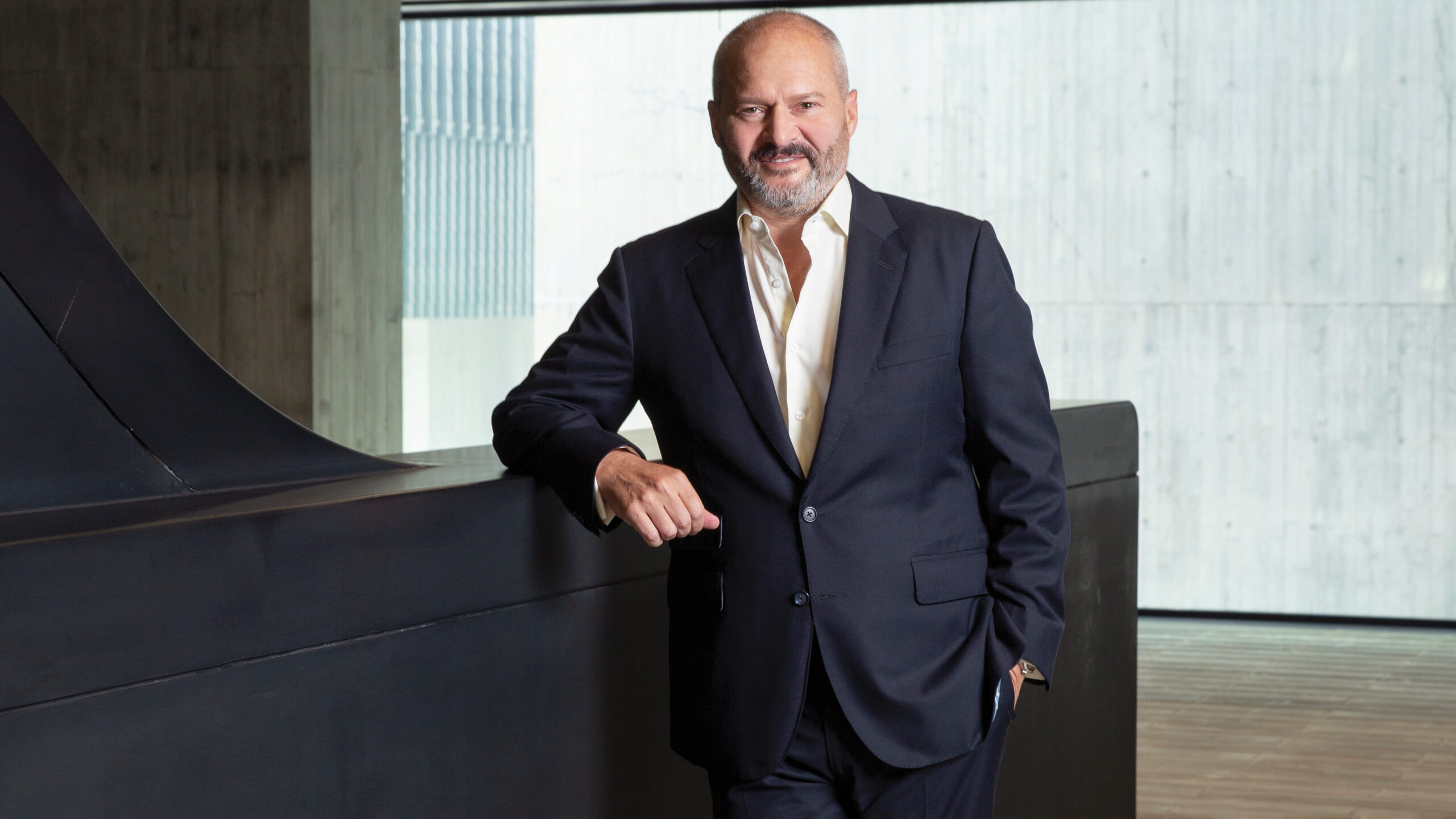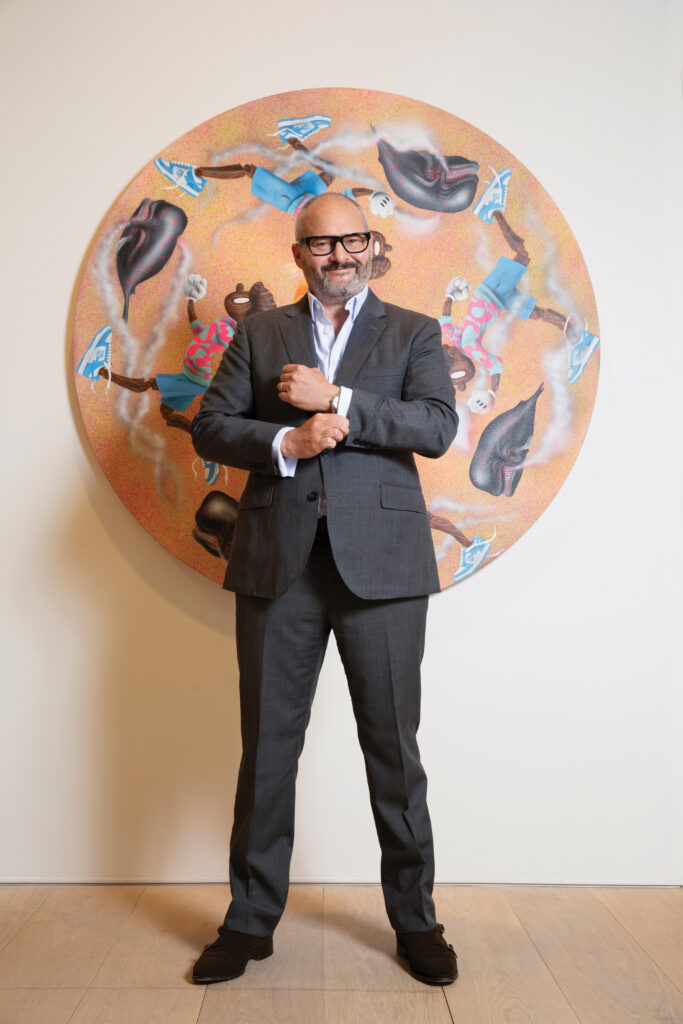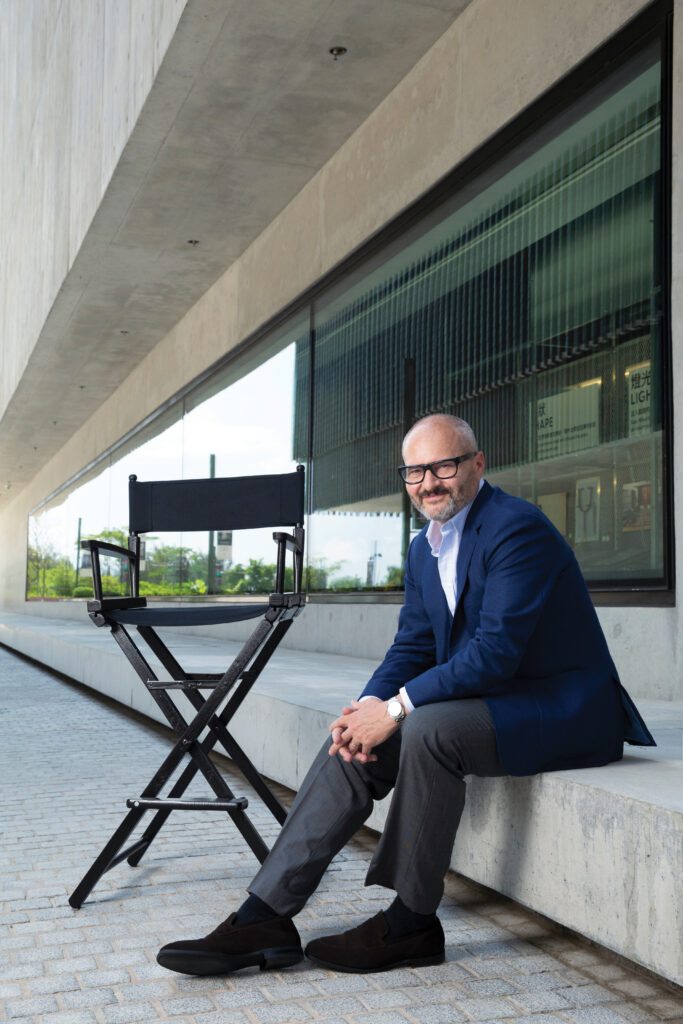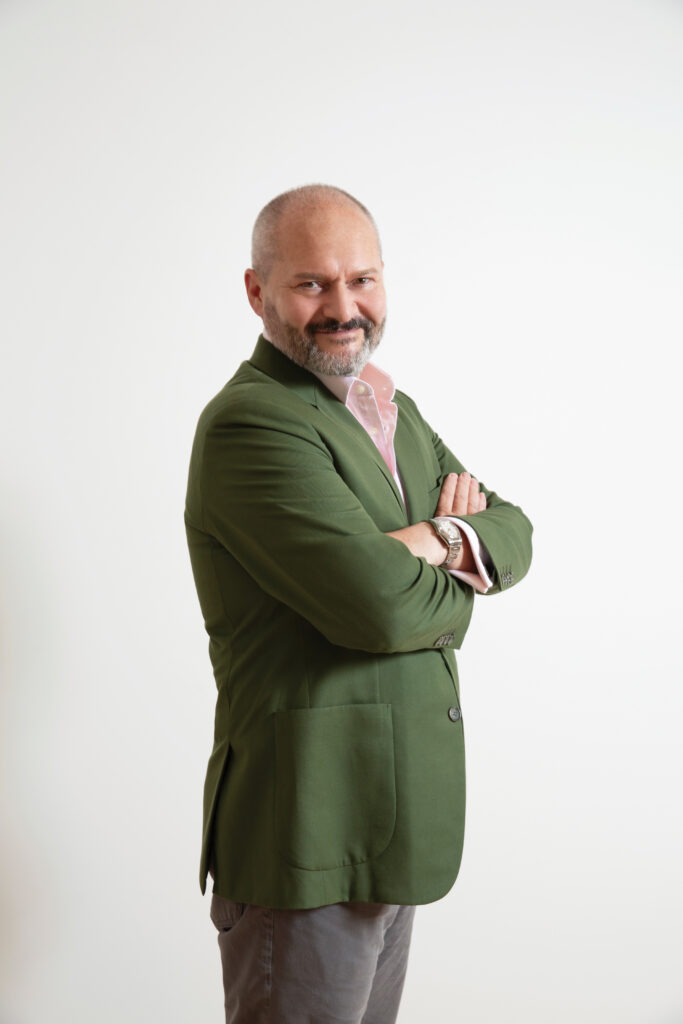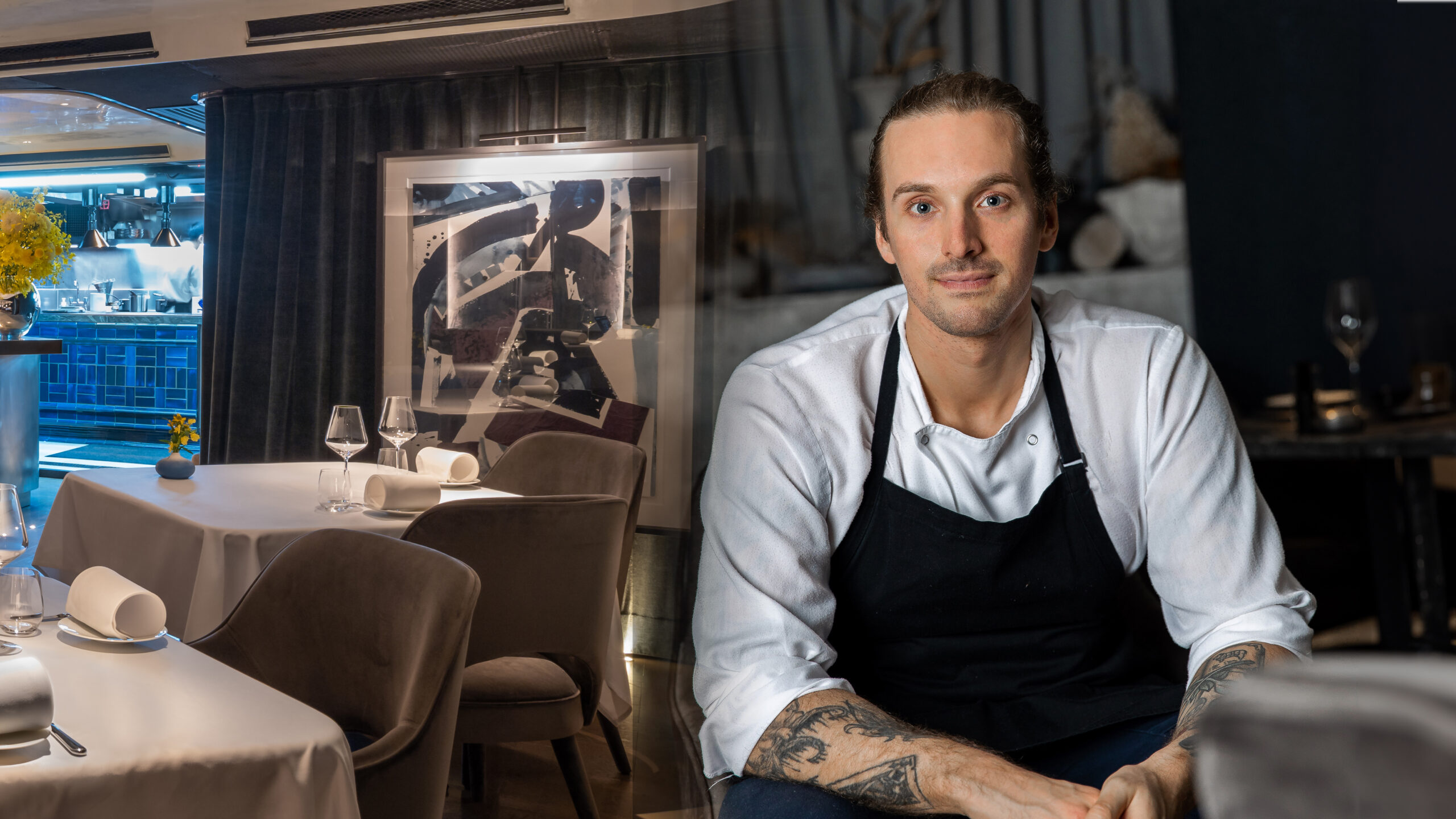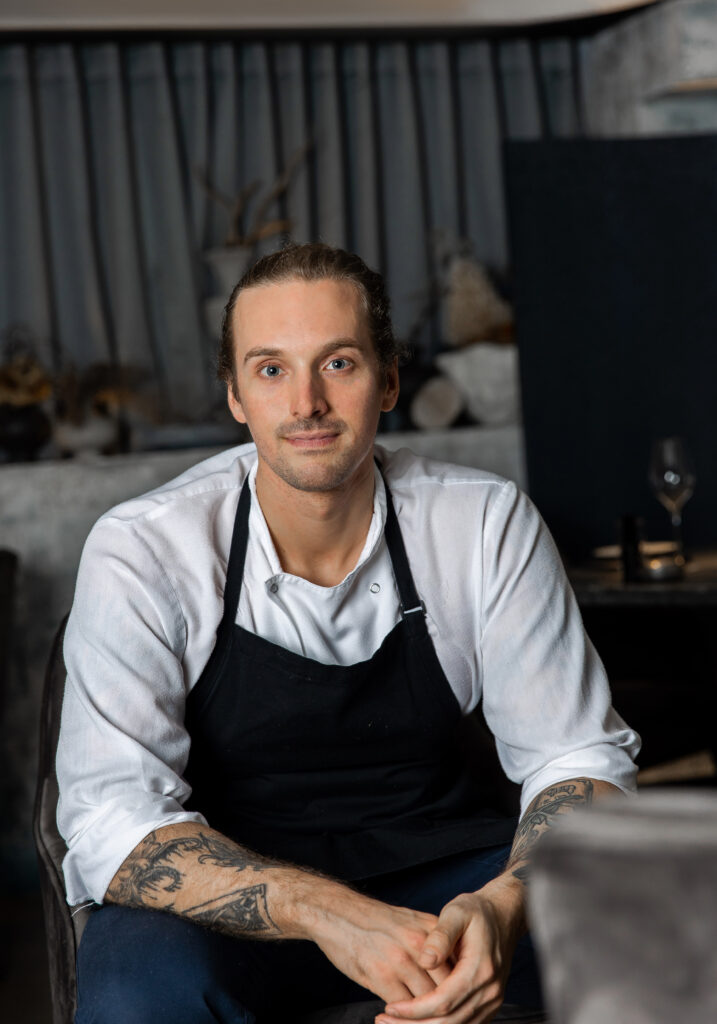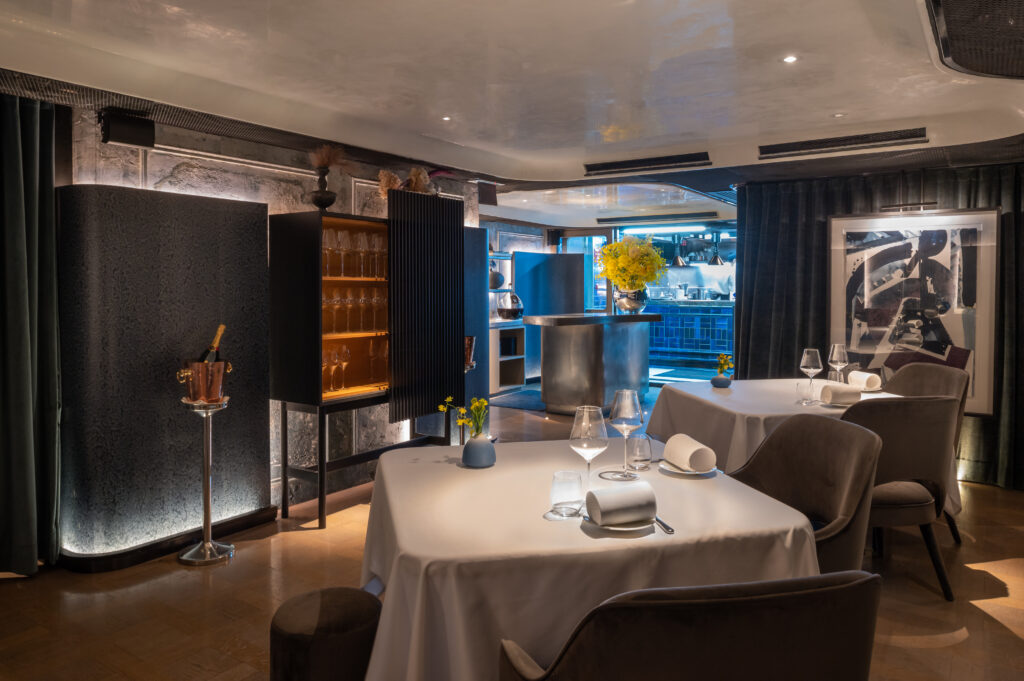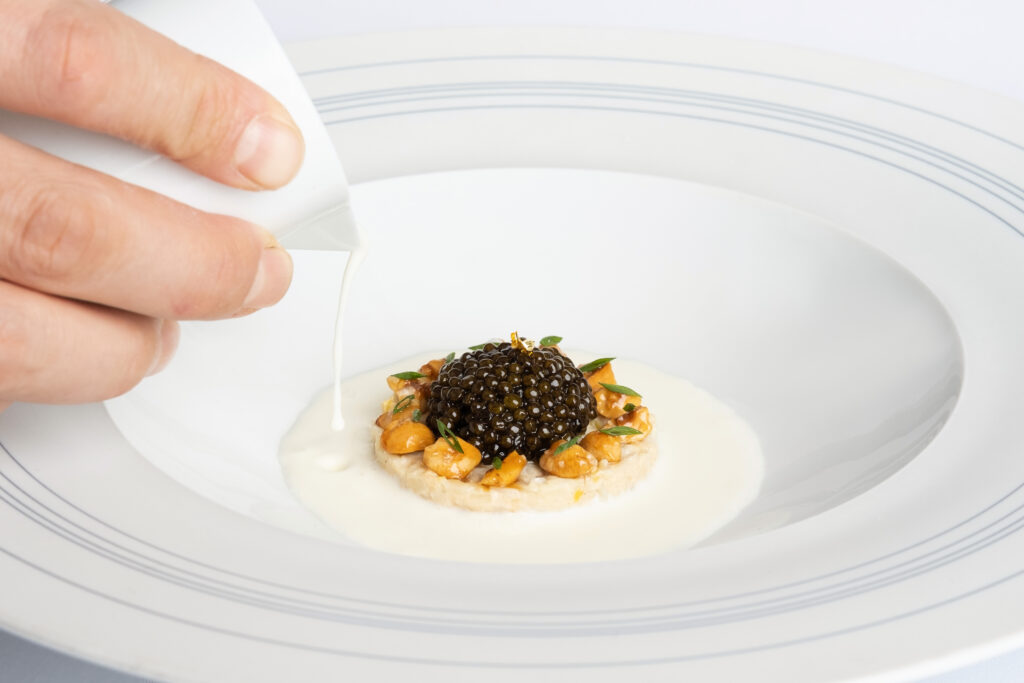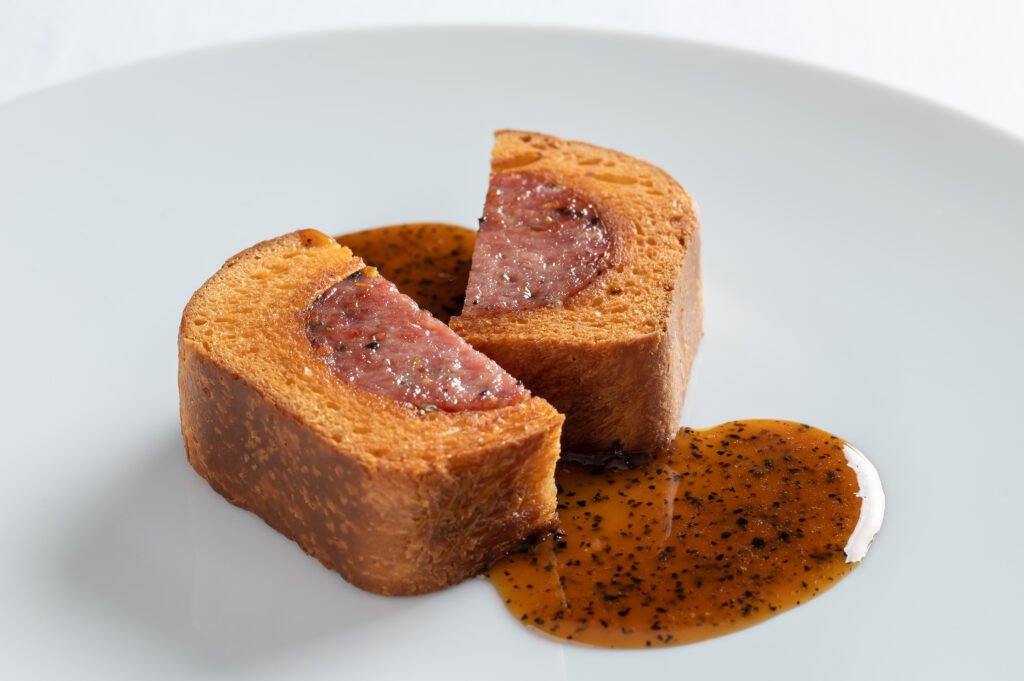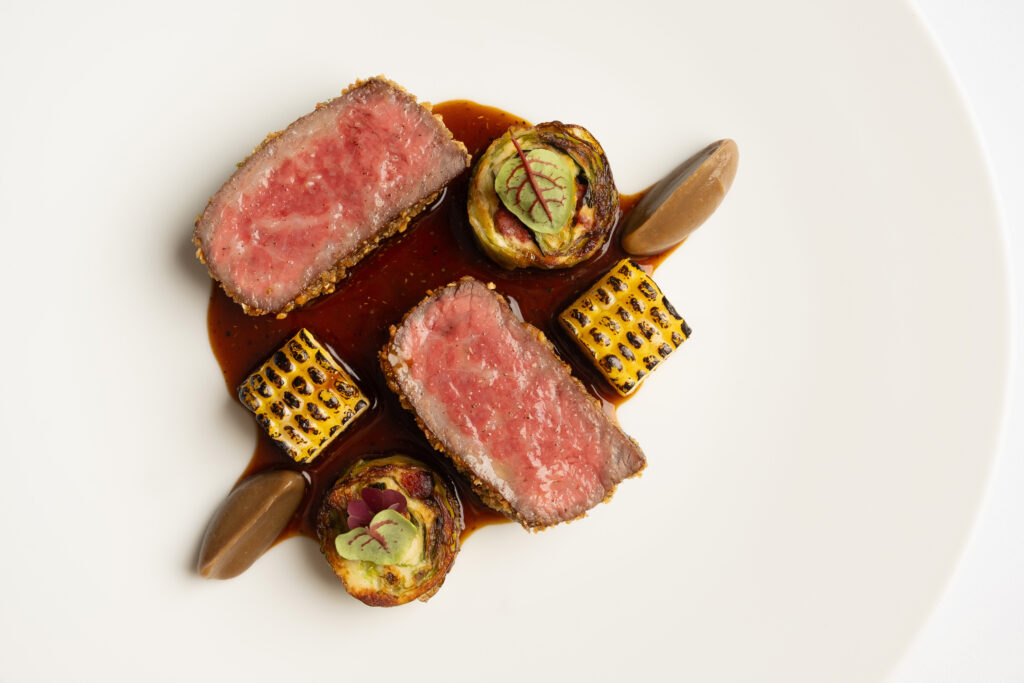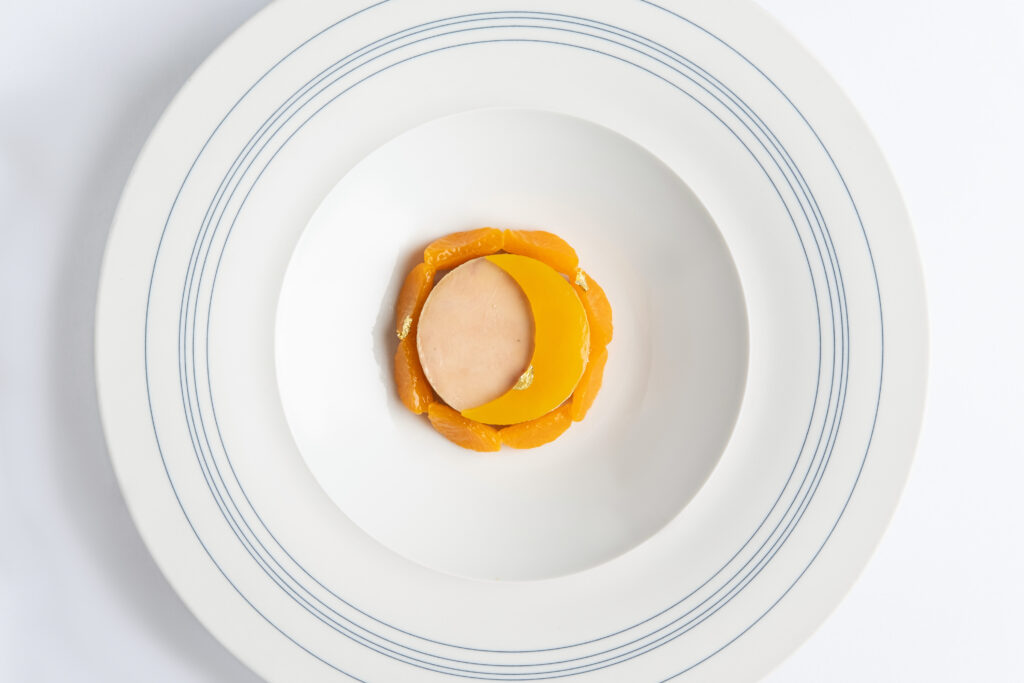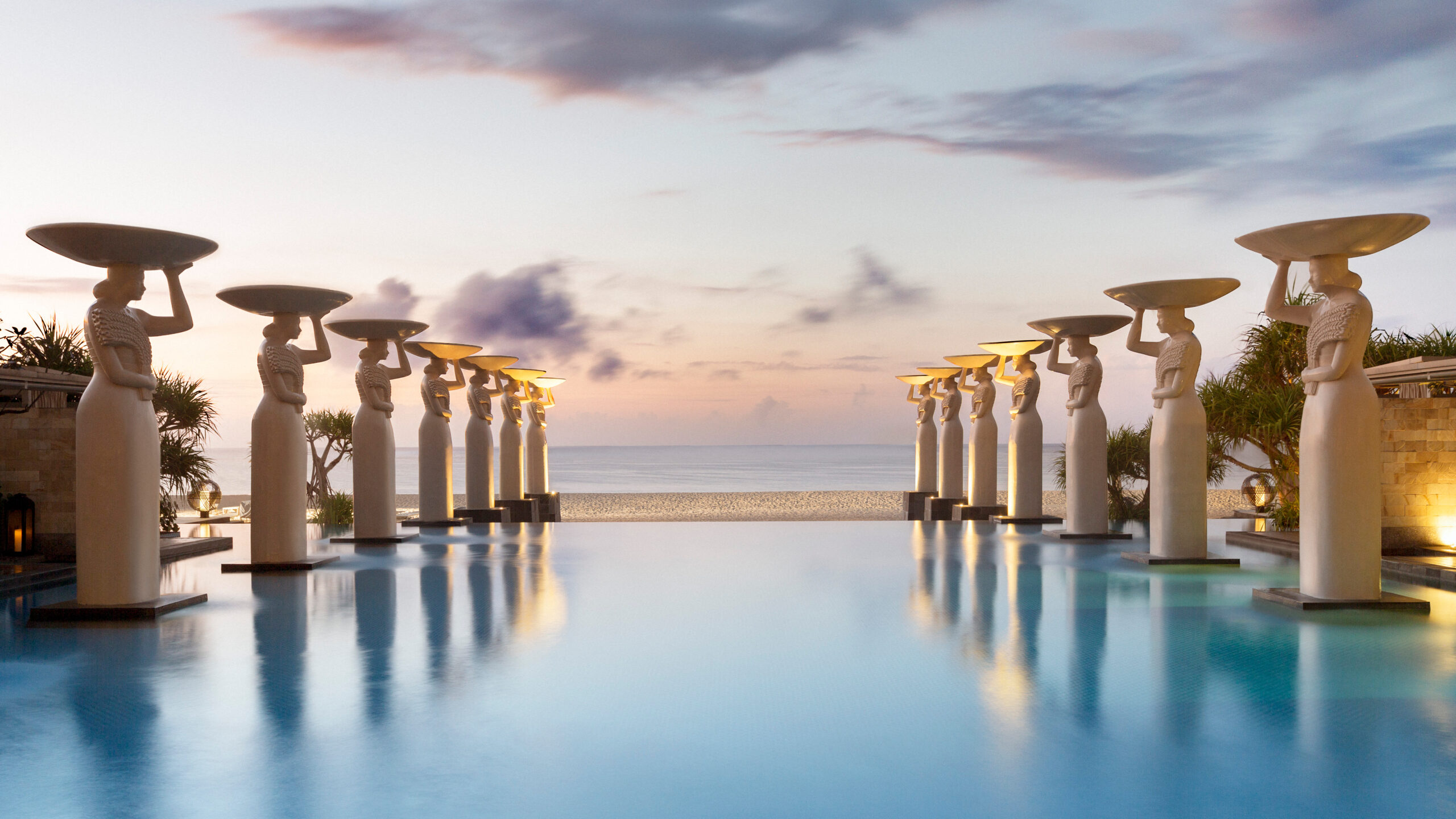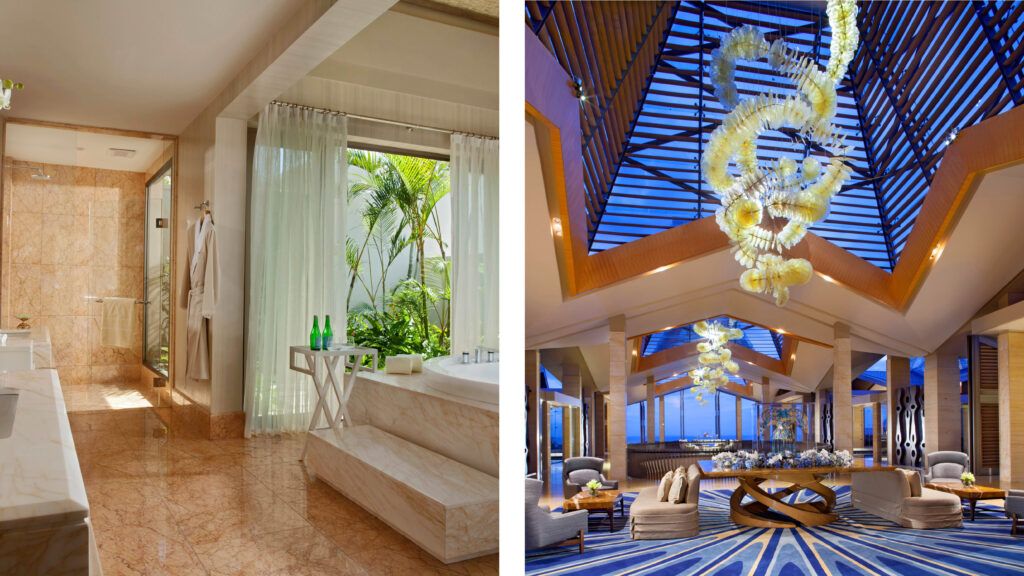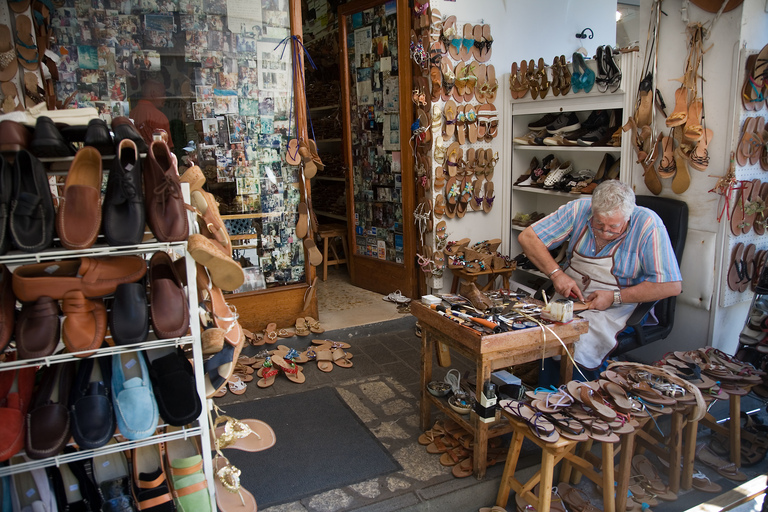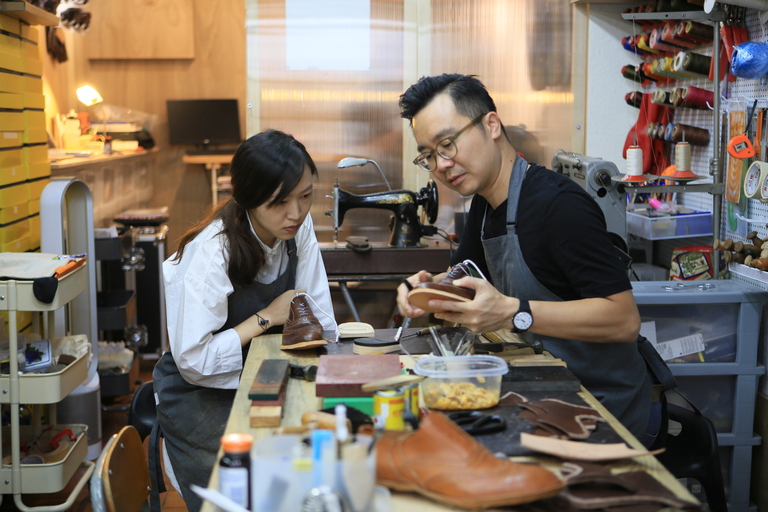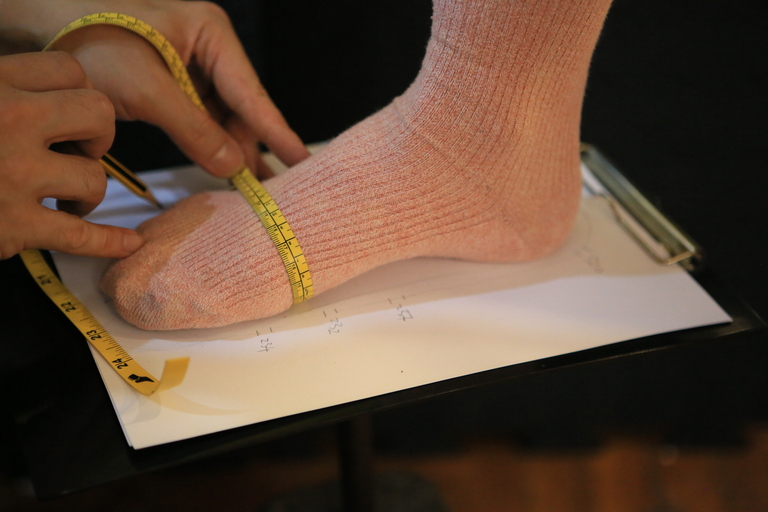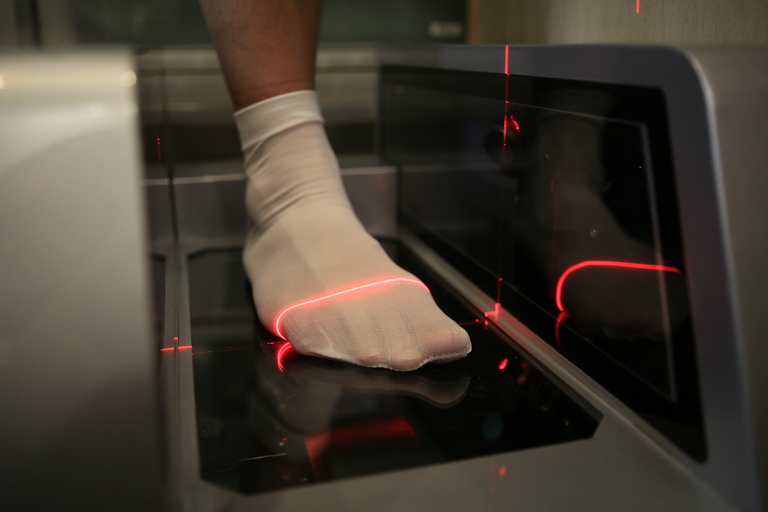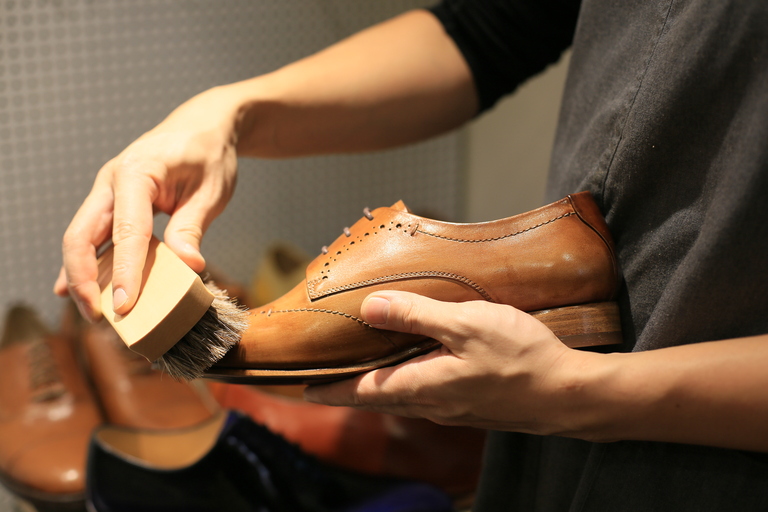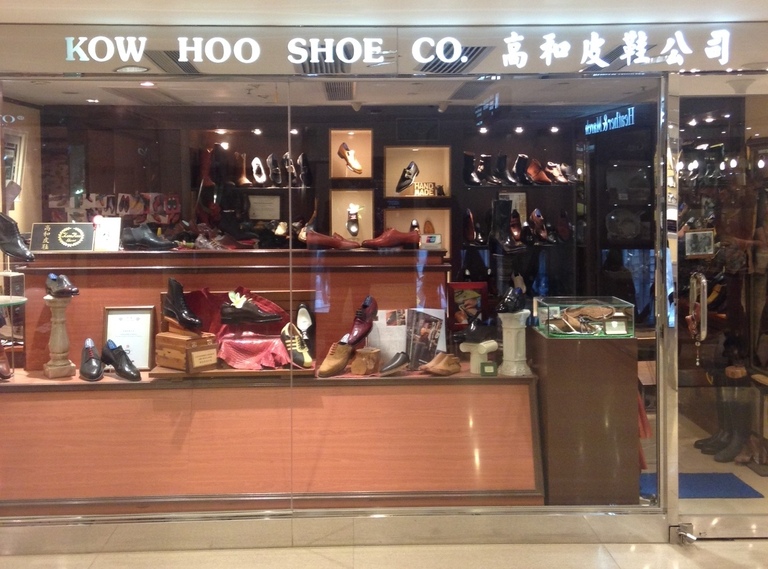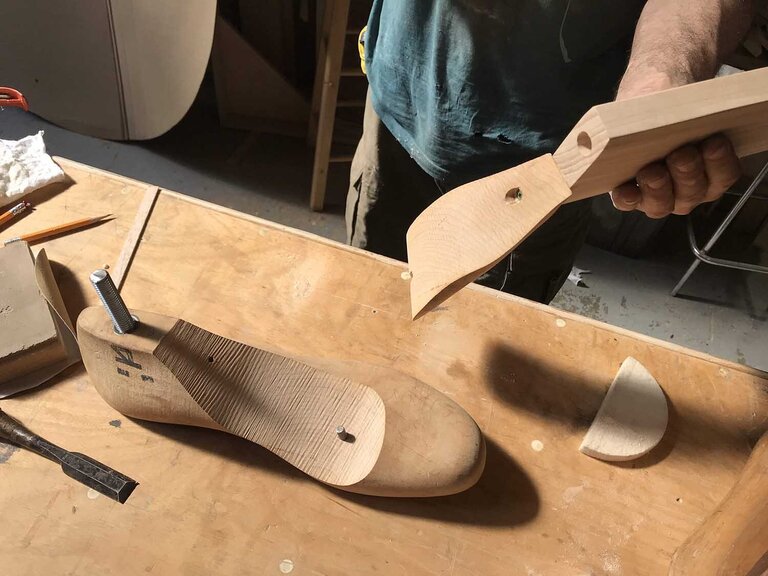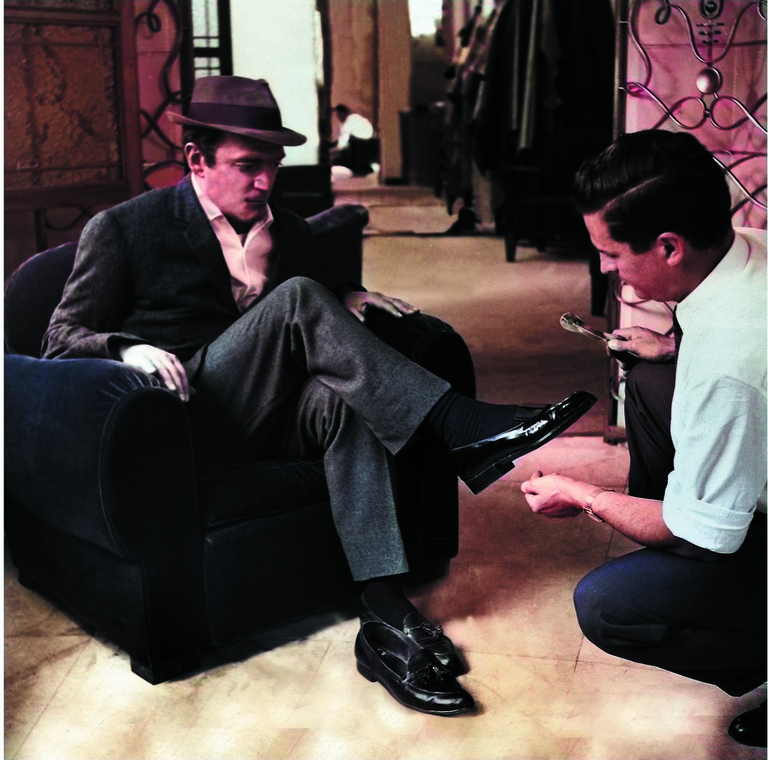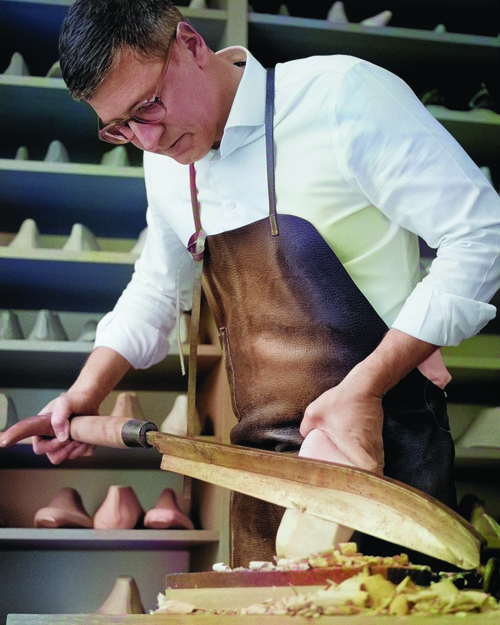The unrivalled technical and sporting centenary by presenting a special version of its excellence embodied in racing cars is a perfect bedfellow for luxury watches that seek the ultimate in performance standards. These are watches taking their inspiration from the high-octane world of motorsport and high-performance cars.
An extraordinary example is the RM UP- 01 Ferrari spawned by the now two-year-old partnership between Richard Mille and Italian carmaker Ferrari. Thousands of laboratory hours were spent refining a dashboard-like timepiece with total shock resistance and a super-slim 1.75-millimetre sleekness that remains true to the spirit of the marque. Remarkably, this perfectly flat watch retains complete internal movement within the case and boasts a baseplate and skeletonised bridges crafted of grade 5 titanium, a material specifically chosen for its lightness and toughness.
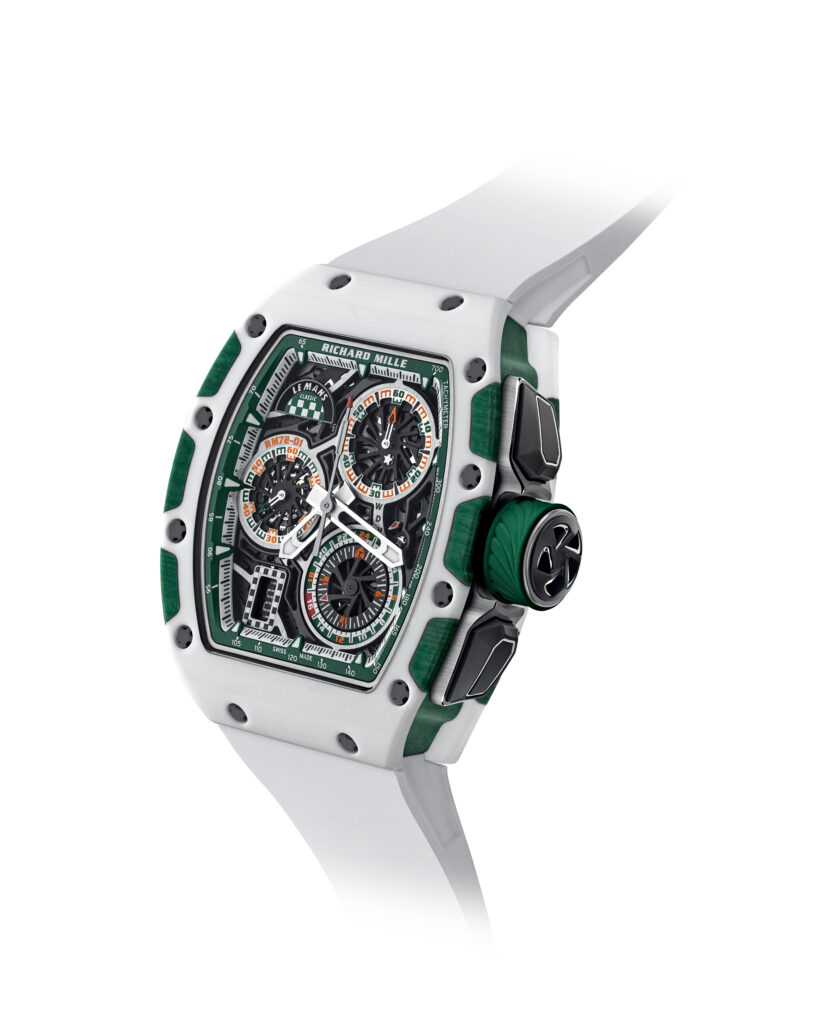
In homage to the 24 Hours of Le Mans race, which celebrated its 100th anniversary this year, Richard Mille has also released a limited-edition RM 72-01 Le Mans Classic. Crafted as per usual in the event’s colours, the 150 watches are flyback chronographs with a patented double oscillating pinion clutch mechanism to maximise performance.
Rolex marked the 24 Hours of Le Mans legendary chronograph adored by the late actor and racing driver Paul Newman. The new Oyster Perpetual Cosmograph Daytona’s calibre 4132 movement allows for a 24-hour chronograph function (as opposed to the usual 12-hour count) in tribute to the race itself. In addition, the number ‘100’ in red ceramic stands out on the tachymetric scale of this 18-carat gold watch with a brilliant black dial.
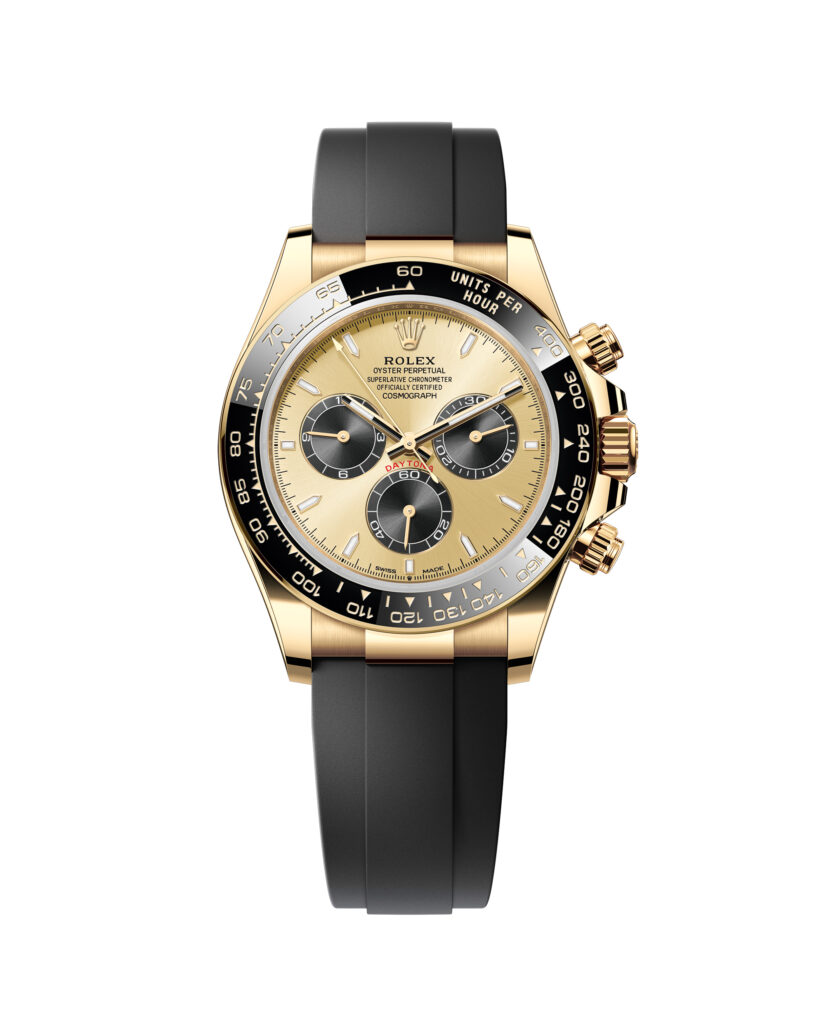
Such is the affection and status of the Daytona watch that Rolex has updated the entire range on the occasion of its 60th birthday. All iterations utilise a new chronograph movement via the calibre 4131, with innovations including the patented Chronergy escapement which is resistant to strong magnetic fields, a cut-out oscillating weight and new finishes, especially on the bridges. The new- generation Cosmograph Daytona spans a range of materials from 950 platinum and Oystersteel to 18-carat Everose gold.
Roger Dubuis’ inspiration is the supercar designs of the Lamborghini Squadra Corse, and hot off the blocks, the watchmaker has just released a striking blue Excalibur Spider Huracán Sterrato following last year’s pulsating orange version. The new variation is housed in a 45mm carbon case engineered from a compound nine times lighter than gold – Sheet Molding Compound (SMC) Carbon – then topped by black DLC (Diamond Like Carbon) titanium.
A rubber and camouflage pattern strap blends hues of blue and uses a Combined Vulcanisation process for a seamless look. The watch also has 60 hours of power reserve and is water resistant to 50 metres. Meanwhile, a new Excalibur Spider Flyback Chronograph made its debut at the Goodwood Festival of Speed in July.
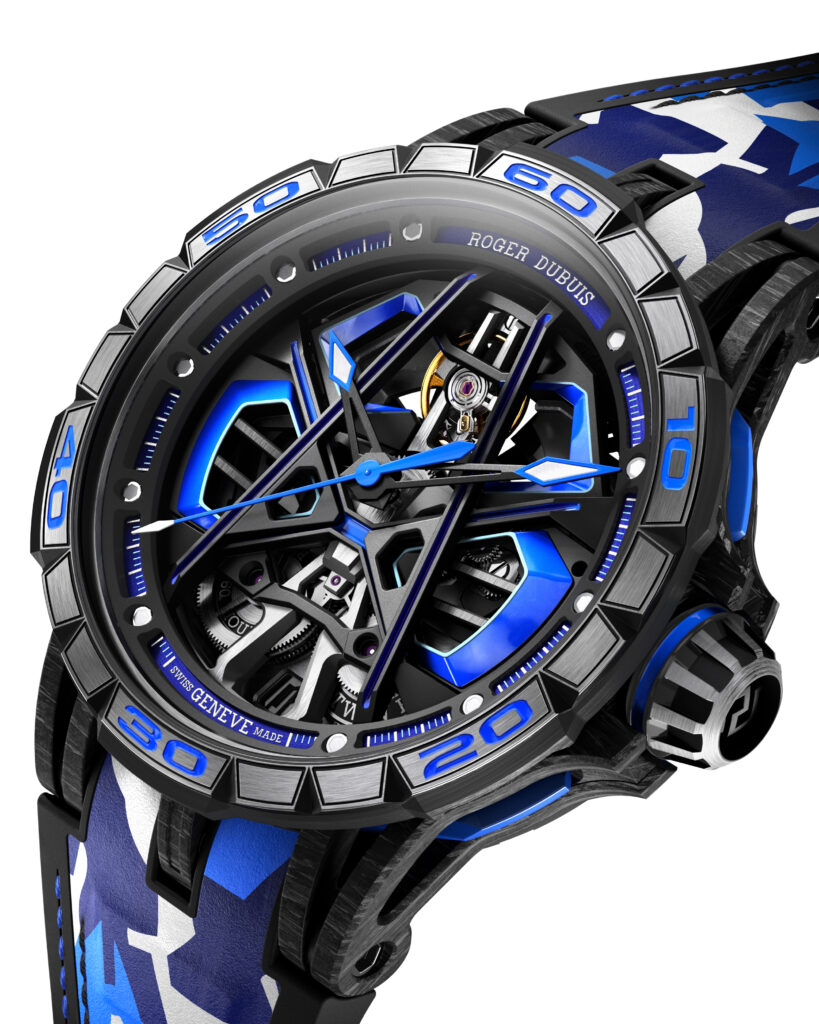
A month previously, just prior to the start of the annual 1000 Miglia race from Brescia and Rome and back in Italy, four new models of the ongoing Mille Miglia Classic Chronograph collection were unveiled by race sponsor and timekeeper Chopard. Made from Lucent Steel (eco-friendly recycled material more resilient than regular steel), the precision-engineered quartet comes in colours that nod to the paint jobs and interior finishes of the pre-1957 1000 Miglia racers – cherry red, grey blue, light green and racing black. A limited-edition version of the Mille Miglia GTS Chrono has also been released, featuring a large-diameter crown and ‘mushroom’ pushers to aid usage whilst driving.
TAG Heuer has also established a reputation for fine racing watches. With 2023 marking the 60th anniversary of the famous TAG Heuer Carrera, two new models hit the ground running: a Chronograph and Chronograph Tourbillon. The latter is its first ‘Glassbox’ model – domed glass encasing the dial and tachymeter bezel – featuring a tourbillon cage. Technical developments mean the tachymeter scale can now be read from a wider range of angles, whilst improved ergonomics of the stainless-steel case promise increased comfort.
The two new models come with a black or blue circular brushed dial respectively, and incorporate an evolved version of its automatic chronograph calibre, the Heuer 02, that offers bi- directional winding. The Monaco Chronograph and Monaco Chronograph Racing Blue are also TAG Heuer racing models of note.
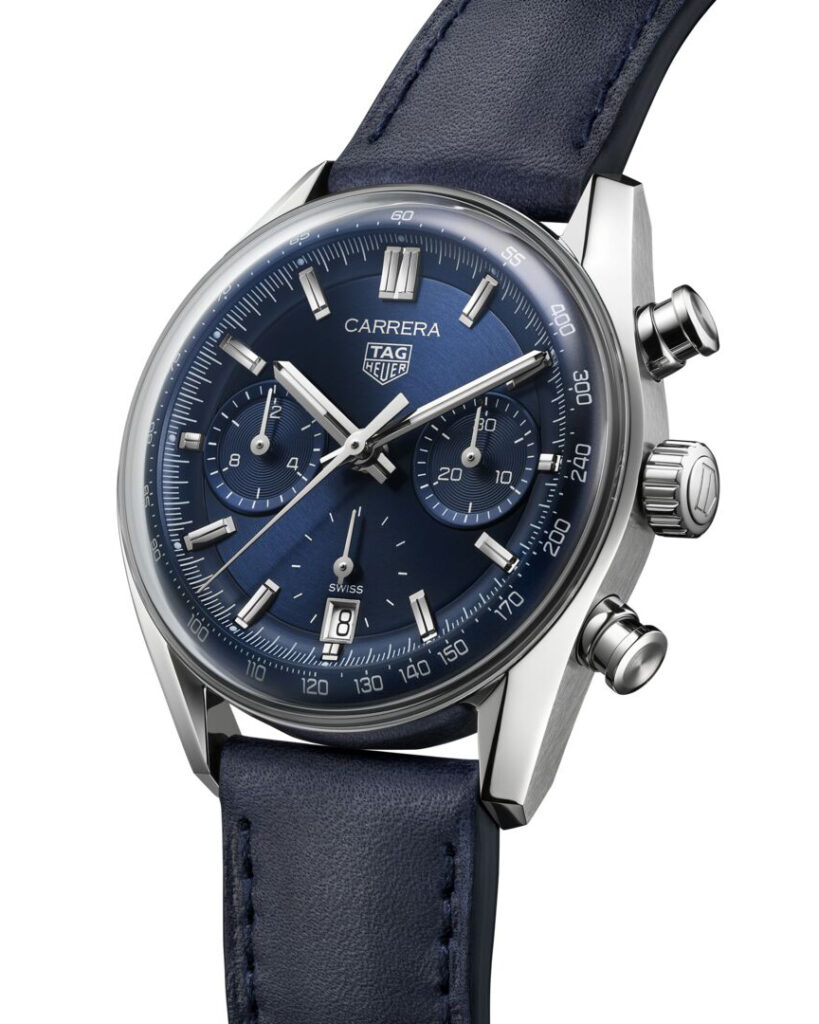
Clocking into the 70th anniversary of the 1953 Le Mans race, Bremont has introduced a new Jaguar-inspired watch, the C-type, in homage to the car that won it. A stainless-steel case back features a decorative coin depicting a C-type hood badge and five stainless-steel screws with polished heads. It is water-resistant to 200 metres and boasts domed anti-reflective and scratch-resistant sapphire crystal. Other racy models in the Bremont showroom include the Jaguar MKI, the Williams Racing WR-22 and the WR-45.
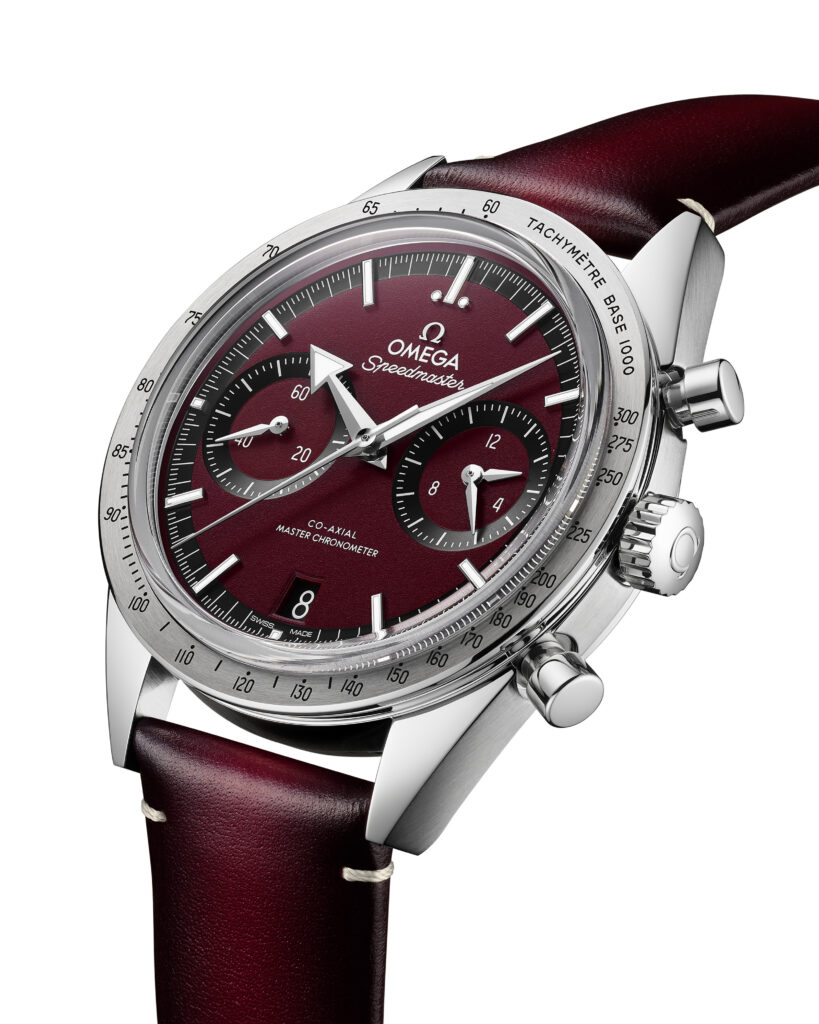
Omega’s watches have long adorned the adrenaline-fuelled racetracks of the world and its famous Omega Speedmaster was considered of such a high technical standard that it was worn by Buzz Aldrin on his moon mission. Upgraded and slimmed- down versions of the Omega Speedmaster ’57 were introduced last year, powered by the Co-Axial Master Chronometer Calibre 9906.
These eight models can claim the iconic Omega column-wheel chronograph mechanism, a rhodium-plated bridge, as well as magnetic resistance to 15,000 gauss.



